|
2017
LONDON AND
THE BRITISH ISLES
|
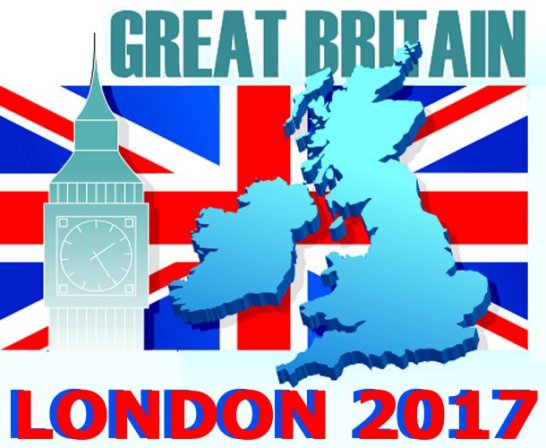 |
|
|
2017 British
Isles Itinerary
|
|
June 06: Day 01
|
Tuesday |
London (Southampton), England |
|
June 07: Day 02
|
Wednesday |
Guernsey (St. Peter Port) |
|
June 08: Day 03
|
Thursday |
Cork, Ireland |
|
June 09: Day 04 |
Friday |
Dublin, Ireland |
|
June 10: Day 05
|
Saturday |
Liverpool, England |
|
June 11: Day 06
|
Sunday |
Belfast, Northern Ireland
|
|
June 12: Day 07
|
Monday |
Glasgow, Scotland |
|
June 13: Day 08
|
Tuesday |
At sea |
|
June 14: Day 09
|
Wednesday |
Inverness/Loch Ness, Scottland
|
|
June 15: Day 10
|
Thursday |
Edinburgh, Scotland |
|
June 16: Day 11 |
Friday |
At Sea |
|
June 17: Day 12 |
Saturday |
Paris/Normandy, France |
|
June
18: Day 13 |
Sunday |
London (Southampton), England |
|
Rick Archer's Note:
My June 2017 trip to Merrye Auld England
with Marla was a sweet trip indeed.
Oddly enough, the only unusual thing that
happened was a string of vicious terrorist
attacks in London during our stay.
Fortunately no one in our group was
affected. The trip itself was very
pleasant, but somewhat uneventful.
Since I was in the process of writing a book
at the time, upon my return I was more
concerned with picking up the trail of my
book than writing my usual Recap about the
trip. Please forgive.
That said, I did manage to write two
articles based in part on my trip to
England. One was a before-the-trip
article on English history titled 'Brevity
and Brexity'. If you like English
history, you would probably enjoy this
curious article about how the most important
battlefield in English history came to be
lost. The other article, 'Dracula,
Loch Ness, and Blarney Stone' can be
read below.
|
|
|
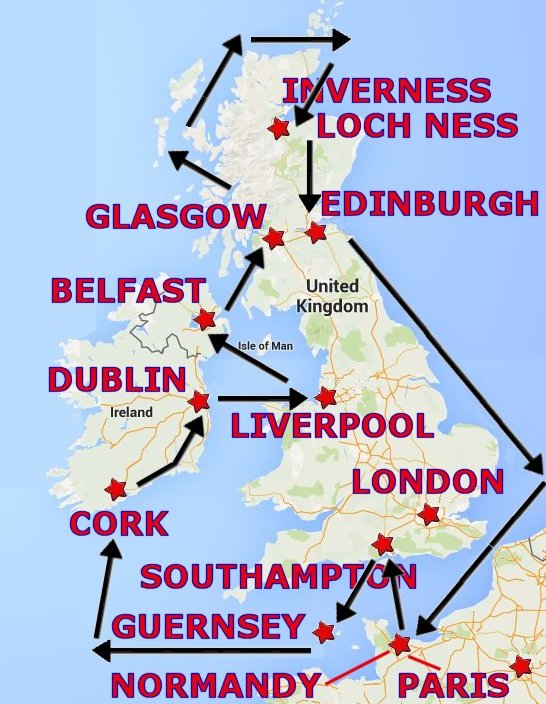 |
Dracula, the Loch Ness
Monster and the Blarney Stone
Rick Archer's Note:
I doubt seriously anyone has
ever written an article that includes Dracula, the Loch Ness
Monster, and the Blarney Stone. I wish to be the first, so
I decided to undertake this pioneering effort. No doubt a
Pulitzer beckons.
In June 2017, Marla and I
took a lovely three-week cruise around the British Isles.
To be honest, I think I
enjoy river cruises a bit more than ocean cruises. While
the ocean cruises have far more ways to entertain their
passengers, my preference is to get a feel for the culture
of the area I have visited. As a rule, a river cruise is
far superior to an ocean cruise in this regard. A river
cruise gets you inside the country and lets you see how the
people live. You typically get the whole day to explore a
town or an area of interest.
Unfortunately, there is no
such thing as a river cruise in England. Can anyone guess
why?
It really isn't that
complicated... there simply are not any long rivers in
England nor are they big enough to sustain a river cruise
boat. The River Thames and the Severn River are both 200
miles long. By comparison, the Rhine River is 800 miles
long and the Danube 1,800 miles.
The solution, of course, is
not to take an inland trip, but rather use a mid-sized
cruise ship to make a circle around the British Isles.
Considering we saw a new location virtually every day, this
worked out just fine.
My favorite spot on the trip
turned out to be Blarney Castle in southern Ireland. I
enjoyed this visit thoroughly for all the wrong reasons.
The highlight of the day was supposed to be the opportunity
to kiss the famous Blarney Stone.
Theoretically, kissing the
Blarney Stone is said to bestow the gift of gab upon the
smoocher. My enthusiasm was dampened a bit when Marla said
I didn't need any further help. Undeterred, I climbed the
steep castle steps anyway. A writer like me can use all the
gab he can get in pursuit of that Pulitzer.
The word
"blarney", meaning
skillful flattery or nonsense, supposedly came into use
following an incident involving the head of the McCarthy
family and the famous Queen Elizabeth I, ruler of England
and Ireland from 1558 to 1603.
It seems the queen sent the
Earl of Leicester to seize Blarney Castle but the talkative
McCarthy managed to keep stalling him. The queen grew
exasperated by the earl's reports about the lack of progress
in the matter and uttered something to the effect that these
reports were all “Blarney.”
This is just one of several
explanations for the legend. The whole thing sounds
sketchy, so I am going to invoke another word, “blasphemy,”
and suggest this Blarney Stone idea is ridiculous. For one
thing, the particular rock that one kisses is identical to
one thousand other rocks in the castle wall. There are no
distinguishing features to the Blarney Stone. It is just a
stupid rock like all the rest. Even weirder, people are
supposed to kiss the stone upside down. If you don't
believe me, a quick Google image search will turn up the
necessary photographic evidence.
Truly, kissing the Blarney
Stone is something of an ordeal. First you lay on your back
and hit the back of your head on stone for the effort. Then
you grip parallel metal bars with both hands. Then some
impatient Irish supervisor grabs your head and smashes your
face against this rock and screams at you to kiss the d.mn
thing. Thanks to his shove, my face hit that rock so hard I
thought my nose was broken. It was the most painful kiss
since Helen Stewart cut my lips with her braces in the
Eighth Grade.
So here is my act of Blarney
Blasphemy... I think the whole thing is a ridiculous tourist
racket. There, I said it. No doubt my punishment will be
swift; however it could hardly be any more painful than
kissing that rock.
But you know what? The
Blarney Stone is one of the best tourist rackets I have ever
visited. There were tourist buses upon tourist buses upon
tourist buses. I think there were anywhere from 300 to 900
tourists wandering around the Castle grounds looking for a
rock to kiss.
And you know what? I
totally endorse a visit to Blarney Castle, but with one
caveat. I suggest you skip trying to kiss the Blarney
Stone. Marla and I discovered an incredible Forest/Garden
right beside the castle. This well-groomed forest had
trails aplenty. In addition to 'Powerscourt Estate'
near Dublin, this forest was one of our two favorite spots
on the trip. It was the most enchanting place to walk
imaginable.
There are paths touring the
forest with signs pointing out the various attractions such
as several natural rock formations with fanciful names such
as Druid's Circle, Witch's Cave and the Wishing Steps.
There was a tunnel where your wish was granted if you walked
the steps backwards with your eyes closed. Trust me, that
was a lot more fun than kissing the Blarney Stone. This
garden was pure magic.
Now let me tell you the sad
thing about kissing the Blarney Stone. Marla and I both
complained about the early start time for our tour that
day. However, this turned out to be a hidden blessing
because our tour bus was the first one there. We kissed the
Blarney Stone without any wait. When we descended the
castle steps, we were greeted by a line of tourists that
stretched three hundred yards long. The problem is that it
takes each tourist half a minute to a minute to get into
position to kiss the rock. This slow process creates an
endless line.
I estimated those people
would stand in that line for two hours in order to kiss the
Blarney Stone, then leave immediately without seeing
anything else. Consequently they would never know that the
true magic of Blarney Castle was that Magic Forest. Oh
well. I consider myself fortunate to have been spared this
misfortune. Word to the Wise... skip the Blarney Stone,
enjoy the Forest.
As tourist attractions go, another
source of mythological nonsense is the Loch Ness Monster.
I actually researched the Loch Ness Monster once. It is a
very interesting story. Feel free to read my review of how
the tale began and how the hoax was eventually unraveled.
History of the Loch Ness Monster
I have to tell you, that
Loch Ness story was the best thing to ever happen to this
area. In a manner similar to the Blarney Stone, countless
people visit this lake as a sort of pilgrimage. Marla and I
did it back in 2010. I recall just sitting on the grass for
an hour waiting for that stupid monster to appear.
People are so silly. Count
me as one of them. I love the Loch Ness Monster story!
Until the Dracula legend came along, I assumed the Loch Ness
Monster hoax was the greatest tourist racket in history.
Don't worry, we will get to Dracula shortly.
What is curious about the
Loch Ness Monster is that people continue to try to out-do
the crazy tale even to this day. Here is a terrific Loch
Ness story that you probably have never run across before.
It took place back in 1972.
By the
way, no, I did not make this story up. Do you think I am
clever enough to write a story about how to catch a monster
using 'hormone sex bait'? Even I have my limits. Yes,
indeed, long-time readers of the Travel Newsletter will
quickly conclude I am far too dull-witted to come up with a
story this clever... unless, of course, kissing the Blarney
Stone has magically amplified my powers.
The
Body of Nessie Found!! (April Fool's Day - 1972)
On the
morning of Friday March 31, 1972, an eight-member team of
scientists from Yorkshire's Flamingo Park Zoo was having
breakfast in the dining room of the Foyers House hotel, on
the shore of Loch Ness. They were there on a joint mission
with the Loch Ness Phenomena Bureau to prove the existence
of a monster in the loch. They had developed a new form of
"hormone sex bait" that they hoped would lure Nessie out of
the depths.
As
they dug into their bacon and eggs, the manager of the hotel
approached them. Someone had just called, she said, to
report seeing a "large hump" floating in the loch near the
hotel. Intrigued, the team put down their knives and forks
and walked outside. Sure enough, a large, dark object was
bobbing up and down in the waves about 300-yards offshore.
Terence
O'Brien, the leader of the team, immediately swung into
action. He directed the team into their boat, and they
headed out to investigate. Twenty minutes later, at around 9
a.m., they returned, dragging behind them a bizarre object.
It appeared to be the dead body of the Loch Ness Monster.
Word Spreads
Within
hours, news of the discovery had reached the rest of the
world. Television news anchors solemnly informed their
audiences that the Loch Ness Monster had been found, but was
dead. The frenzy was on. Reporters rushed to the loch to
get more details.
Local
residents confirmed that something weird had been dragged
out of the water. Robert MacKenzie, a 23-year-old Inverness
musician, said, "I touched it and put my hand in its mouth.
It's real, all right. I thought it looked half-bear and
half-seal... green in color... with a horrific head like a
bear with flat ears. I was shocked."
Other
witnesses told reporters the creature had been between 12
and 18 feet in length and must have weighed up to 1½ tons.
They said it had a green body without scales and seemed like
a cross between a walrus and a seal. What was curious was
the strange appearance. No one had ever seen an aquatic
animal quite like this before.
Eventually reporters contacted Don Robinson, Director of the
Flamingo Park Zoo, who was stunned. Based on the reports
given to him by his team, this sounded like the Real Thing.
Robinson said, "I've always been skeptical about the Loch
Ness Monster, but this is definitely a monster, no doubt
about that. From the reports I've had, no one has ever seen
anything like it before... a fishy, scaly body with a
massive head and big protruding teeth."
The
British press had a field day. They dubbed the creature
"Son of Nessie." The next morning, April 1, the discovery
made front-page headlines around the world.
The
April 1, 1972 headline in the Los Angeles Times proclaimed
'Green and Scaly Monster Hauled out of Loch Ness'.
High-Speed Chase
Meanwhile, the creature itself was no longer at the Loch.
After dragging the carcass back to the shore, the scientists
from the Flamingo Park Zoo had sent a telegram to their
boss, Don Robinson, and had then quickly loaded the body
into their truck and taken off. They intended to transport
the monster back to the zoo for study.
Mrs.
Margrete Good, manager of the hotel, later told the press,
"The zoologists were thrilled to bits. They said this was
the most exciting thing that had ever happened to them."
But
when the local Inverness police heard that the scientists
had hightailed it with the Loch Ness Monster, they were
infuriated. These were English scientists, after all,
removing Scotland's most famous lake monster — upon which
depended a vast, lucrative tourist trade. The value of this
monster was virtually incalculable.
Immediately the police radioed their colleagues in the
Fifeshire County police department, explained the situation,
and asked them to chase down the fleeing truck and apprehend
the monster-nappers. They cited a 1933 Act of Parliament
that prohibited the removal of "unidentified creatures" from
Loch Ness.
Sirens
wailing, five police cars sped off. They soon caught up
with the team of scientists. The terrified zoologists
readily cooperated with the angry police determined to
rescue a national treasure. They pulled over to the side
of the road. Then they opened the back of the truck to show
the officers what they were carrying. Sure enough,
according to the subsequent police report, lying inside the
truck was a large "green and scaly" creature. The monster
had been recovered.
The
police officers, not quite sure what to do next, radioed
back to the station for advice. They were told to take the
monster to the nearest town, Dunfermline, where it could be
examined by Scottish scientists.
The
Monster Identified
In
Dunfermline, the police searched around for an appropriate
scientist to examine the creature. They eventually
persuaded Michael Rushton, general curator of the Edinburgh
Zoo, to make a 20 mile drive and have a look at it.
When
Rushton arrived, he walked slowly around the carcass a few
times, poked it once or twice, and then announced his
verdict. It was indeed a strange creature, but it was no
lake monster. Instead, it was a bull elephant seal, whose
natural home was the South Atlantic Ocean, thousands of
miles away from Scotland. Furthermore, the body showed
signs of having been frozen for an extended period of time.
Rushton told the press, "It is a typical member of its
species. It's about 3 to 4 years old... I have never known
them to come near Great Britain. Their natural habitat is
the South Atlantic, Falkland Islands or South Georgia. I
don't know how long it's been kept in a deep freeze but this
has obviously been done by some human hand."
Confession
How a
bull elephant seal came to be floating in Loch Ness remained
a mystery until the next day, when a hoaxer stepped forward
to confess. John Shields, the Flamingo Park Zoo's education
officer, admitted it was his doing.
Shields explained that an expedition to the Falkland Islands
had recently brought the seal back to the UK. It had lived
briefly at the Dudley Zoo, but died soon after arrival.
When he learned of this, Shields realized it offered a
golden opportunity to prank his colleagues, who he knew were
about to go up to Loch Ness to search for the monster.
Shields gained possession of the elephant seal, shaved off
its whiskers, padded its cheeks with stones, and kept it
frozen for a week. Then he dumped it in the Loch and phoned
in a tip to make sure his colleagues found it. He timed the
prank so that news of the discovery of the Loch Ness Monster
would make headlines on April 1 — April Fool's Day, which
happened to also be his 23rd birthday (and possibly his last
birthday).
Shields admitted sheepishly the joke got out of hand when
his colleagues decided to remove the dead animal from Loch
Ness and were chased down by the police.
He
also noted that the creature wasn't quite as impressive as
initial press reports had claimed. It was only nine-feet
long and weighed 350-pounds. Still, it had been a very
strange thing to find floating in the Loch.
Police
Superintendent Inas McKay of Inverness gave the press the
final, official verdict on the incident: "The case has been
closed. It's just an April Fool's Day joke."
Epilogue
Having
determined that the dead animal was not the Loch Ness
Monster, the police had no further interest in it. So they
returned the carcass to the team from the Flamingo Park Zoo.
The team brought the seal back to the zoo, where they put it
back on ice and displayed it to crowds for a few days before
properly disposing of it.
But
this wasn't quite the end of the story. The prank turned out
to have unintended consequences for other visitors to the
loch. Two weeks later, 28-year-old Norman Slater, a school
teacher from Kenosha, Wisconsin, went on a fishing trip on
the Loch. While floating along, he dipped his hand into the
water. He later said that, as soon as he did so, he
detected, by means of his extrasensory perception, the
presence of six large creatures in the water — a family of
Loch Ness Monsters.
Slater
said that he saw a particularly vivid image of a creature
70-90 feet in length, with a large neck and a slim,
worm-like body. Its bottom portion was white while its top
was dark brown and scaly. He said the creatures "seemed to
be just lying around on the bottom." Slater also claimed to
see images of underground passageways connecting the Loch to
the sea.
However, alas, Slater was a victim of bad timing. He
complained that, despite the obvious scientific importance
of his vision, because of the recent April 1st prank he
couldn't find any reporters willing to take him seriously.
Slater could barely contain his disappointment.
.........
Rick Archer's Note:
Now, aren't you glad I
shared that story? Can you imagine those poor well-meaning
scientists fearing for their lives when five police cars
with sirens wailing tracked them down? And to think their
own colleague set them up for this terror and subsequent
humiliation! That is just too funny for words. It sounds
like something out of a Monty Python skit. Or better yet,
another scene in 'A Fish Called Wanda', my favorite funny
movie.
Okay, now it is time for the
Main Event.
Dracula!!!
First the Blarney Stone...
myth and travel racket. Then the Loch Ness monster... myth
and travel racket.
So now it is time for
Dracula. You know what? I am going to let you in a little
secret. Dracula is a myth too. But as for travel racket,
hmm, there's a good story there. And that unusual story is
the reason for this Pulitzer-nominated article.
First of all, perhaps I
should reveal my motives. I would like lots of people to
come with Marla and me to Transylvania on this weird
'Dracula on the Danube' river cruise over Halloween
2018. This promises to be a very interesting trip.
So I thought that if I
shared a little background information, I might tweak your
interest and persuade a few people to join us.
As most people know,
Dracula is an 1897 Gothic horror novel written by
Irish author Bram Stoker. It introduced the legend of Count
Dracula, and established many conventions of subsequent
vampire fantasy.... stakes through the heart, invisible in
mirrors, must be invited into a room, garlic repels, etc.
The novel tells the story of
Dracula's attempt to move from Transylvania (Northern
Romania near the Black Sea) to England so that he may find
new blood and spread the undead curse. The book contains
exciting details of the battle between Dracula and a small
group of men and women led by Professor Abraham Van Helsing.
The beautiful Mina is the target of Dracula's desire. Her
fiancé Jonathan Harker and Professor Van Helsing are
desperate to save her.
Dracula is a very persuasive
monster. He has no need for hormone sex bait. Just his
irresistible stare alone is enough to make any woman
vulnerable to his approach.
Anyone who has ever read
Bram Stoker's 'Dracula' will agree this is the
creepiest, most terrifying horror story ever written. This
eerie tale had me biting off every single finger nail on
both hands. I was so nervous I almost started on my toe
nails. I absolutely could not put this book down.
So what do you suppose
Dracula has in common with the Blarney Stone and the Loch
Ness Monster? This isn't that tough a question, so think
about it for a moment.
Think
Think
Think Think Think
Think some more
No, the answer is not that
it is a myth like the Blarney Stone and the Loch Ness
Monster; I already told you that.
However, if you guessed that
Dracula is Romania's Numero Uno Tourist Attraction, ta da,
go to the head of the class!
Dracula easily rules at the
top of the European monster food chain. He easily beats
out Frankenstein, the werewolves, the banshees, and the
ghosts that haunt every castle. Sexy, dark, mysterious,
deadly, sinister... more than 200 films have been made and
1,000 novels have been written about Dracula and vampires in
general. Writers such as Stephen King, Stephanie Meyer and
Anne Rice have helped the vampire legend grow.
Oddly enough, as famous as
Dracula is in the West, Dracula was unknown in Romania until
1990. Blame it on Joseph Stalin and the oppressive rule of
communism. Let us never forget how fortunate we are to
live in America. Paradoxically, Stoker's classic was
virtually unknown in Romania since the communist regime
would not allow a translated copy within in its borders.
Even before the fall of the
Iron Curtain, 'Dracula Tourism' presented Romania
with a dilemma. Transylvania was identified in the book as
the homeland of Dracula. Every gypsy on the European
continent felt compelled to make a pilgrimage. On one
hand, Dracula was Romania's unique selling point. The
notion of Dracula had considerable potential to be exploited
for economic gain.
On the other hand, the whole
notion of vampires, dark medieval forests, and the
supernatural was starkly at odds with Romania's self-image
as a modern, un-superstitious European state.
For fifty years, the
communist regime advocated a Godless Material World that
left little tolerance for supernatural nonsense such as
vampires. Therefore, during the communist period (up to
1989) the Romanian state did almost nothing to encourage
such tourism. On the other hand, the State reluctantly
tolerated it.
Under their nose, some
discrete local initiatives were developed to cater to the
teeming Dracula enthusiasts. Certain men connived to build
hotels in key locations and conduct tours through the rugged
Transylvanian landscape. These underground figures were
almost as shadowy as Dracula himself. Risking long stays in
ice cold prisons, these entrepreneurs operated at the
margins of legality in an unforgiving communist state.
In the post-communist period
after 1989, the attempts to censor Dracula disappeared.
Since then, the private sector in Romania rose swiftly to
exploit the commercial possibilities of the Count. However,
even to this day, the Romanian state remains ambivalent
about Dracula and continues to be reluctant to encourage or
promote 'Dracula tourism' on a large scale. Proposed
Dracula-themed amusement parks on a Disneyland scale have
been nixed on several occasions. Can you even imagine the
Haunted Houses? Or the castle for that matter. For every
Cinderella-style castle at Disneyland, how cool would an
imaginary Dracula castle be? As such, Romania's dilemma
with Dracula remains unresolved. Hmm. They might want to
reconsider. I for one would enjoy visiting that Haunted
House.
Dracula presents Romania
with a unique dilemma. On the one hand, it has the
potential to generate much needed foreign currency through
tourism, but on the other hand it fundamentally collides
with Romania's sense of its own political and cultural
identity.
Fortunately, that seems to
be changing. Ever since the fall of the Iron Curtain,
knowledge of the classic Bram Stoker novel has circulated
among the Romanian people. They take pride in their
mythical hero... as well they should! Slowly but surely
Dracula's status as a folklore figure has become just as
popular as say Robin Hood and Davy Crockett in other lands.
Oddly enough, after doing a
little Internet poking around, I discovered that Bram Stoker
never actually visited Romania. By relying on traveler's
accounts, Stoker produced a vivid portrayal of a sinister,
backwards region where the forces of evil ran wild.
As Jonathan Harker, the main
character, narrates, "Before my arrival, I read that
every known superstition in the world is gathered into the
uncharted regions of the Carpathians. I dare to enter the
blackness."
In other words, Harker's
journey to spooky Transylvania was akin to a trip to Skull
Island, home of King Kong. Only the brave would dare such a
trip into the heart of darkness.
Stoker was a proud
participant in an unusual English literary tradition.
During the 1880s and 1890s, authors such as H. Rider
Haggard, Rudyard Kipling, Robert Louis Stevenson, Arthur
Conan Doyle, and H. G. Wells wrote adventure tales in which
fantastic creatures threatened the British Empire. Invasion
literature such as the creepy H.G. Wells tale 'War of the
Worlds' was a perfect example of this curious literary
trend.
Bram Stoker was the business
manager for a popular theater in London. Stoker wrote
sensational stories in his spare time. Obviously,
'Dracula' was his tour de
force. Stoker spend considerable time researching his
book. Before writing 'Dracula', Stoker spent
seven years researching European folklore and stories of
vampires, being most influenced by Emily Gerard's 1885 essay
"Transylvania Superstitions" which included
content about a vampire myth.
So how Did Bram Stoker come
with the name 'Dracula'?
As we shall see, this is a
very hotly debated subject. Due to the lack of
documentation, many historians assumed that a larger than
life historic figure from Romania known as 'Vlad III
Dracula', aka Vlad the Impaler, was the model for
Stoker's Count.
This man was the second son
of Vlad Dracul, hence the name 'Vlad III'.
To make a long story short,
Vlad III became ruler of an area that adjoined Turkey.
Powerful Turkish Ottoman ruler Mehmed decided to attack.
When Mehmed entered the town of Targoviste at the end of
June 1462, the Ottomans were horrified to discover a "forest
of the impaled" (thousands of stakes with the carcasses
of executed people).
The sultan's army viewed
large stakes upon which twenty thousand men, women, and
children had been spitted. The Turks were dumbfounded when
they saw the multitude of men on the stakes. There were
infants too affixed to their mothers on the stakes, and
birds had made their nests in their entrails. Horrified,
the sultan's army was more than happy to retreat back to the
safety of Turkey.
Let's face it... 20,000
victims impaled on stakes? Unbelievable!! Vlad's
reputation was well-known in certain European circles.
Indeed, books describing Vlad's cruel acts were among the
first bestsellers in the German-speaking territories. It
stands to reason that Vlad's reputation for cruelty and his
family's unusual name may have given rise to the name of the
vampire Count Dracula. Since 'Dracula' is a very unusual
name, surely there was a link.
However, only recently has
this theory been discounted.
The truth is that there is
no evidence that Bram Stoker was even aware of the name Vlad
III. Don't worry, we will get back to Vlad the Bad soon
enough. But for now, let's concentrate on how Stoker came
up with the name.
The key year was 1890.
Stoker was the business manager at London's Lyceum Theater.
The theater was owned by Henry Irving, a talented actor who
starred in many of the plays. Henry Irving was an intense
man. It was Irving's unusual personality as well as his
interest in the macabre that likely made him the eventual
role model for the character of Dracula.
Stoker had become acquainted
with Arminius Vambery, a Hungarian professor who took an
interest in a horror play known as "The Dead Heart." In
April 1890, Stoker wrote about the night he and his friend
Henry Irving dined with Vambery after a performance.
Transylvania had once been a part of Hungary. During this
dinner, the Hungarian-born Vambery regaled Stoker and Irving
with tales of Transylvania folklore. Perhaps Vambery's
tales included Vlad Tepes (Vlad the Impaler) and his
atrocities. If so, these tales surely set Stoker's
imagination aflame. However, later research would cast
doubt on this likelihood.
What is clear is that
Arminius Vambery got Stoker very interested in
Transylvania.
Shortly after his
fascinating dinner with Vambery, Stoker vacationed in
Whitby, England, in the summer of 1890. While at Whitby,
Stoker came across a copy of William Wilkinson's book
'An Account of the Principalities of Wallachia and Moldavia',
territories which were part of Transylvania. Stoker copied
several sections of the book into his notes. Wilkinson's
book contains references to multiple warlords named Dracula,
and some of the sparse details on one such Dracula make it
into Stoker's text - that he crossed the Danube to attack
Turkish troops and had some success. However, that is the
extent of it. There is no reference to a "Vlad," no mention
of a nickname Tepes or "the Impaler," nor any detailing of
the Impaler's legendary atrocities.
More likely, Stoker borrowed
"scraps of miscellaneous information", according to one
expert, about this bloodthirsty tyrant of Wallachia. Nor
does there exist a single comment about Vlad in Stoker's
working notes. 'Dracula' scholar Elizabeth
Miller remarked that aside from the identical name and some
brief mention of Romanian history in the novel, the
background of Stoker's Count bears no resemblance to that of
Vlad III Dracula.
Elizabeth Miller warned that
we can't assume that Stoker's notes are the end-all, be-all
of the creation of Dracula, but they do provide the only
factual information we currently have about Stoker's
research. Best of all, Stoker's personal notes offer strong
hints exactly where Stoker got the name "Dracula."
So why did Stoker choose the
curious name of Dracula?
Well, we can infer that from
his own notes. He copied information from a footnote from
Wilkinson's book that read in his own notes, "DRACULA in
Wallachian language means DEVIL," using those capital
letters. In addition, 'Dracula' meant 'Son of the
Dragon. The footnote explained that Wallachians gave the
name "Dracula" to people who were especially
courageous, cruel, or cunning. Stoker chose the name, it
appears, because of its devilish associations, not because
of the history and legends attached to its owner.
These facts directly
contradict the Urban Legend. Think about it. You know that
Bram Stoker's character Count Dracula was loosely based on
Romania's Vlad the Impaler. For that matter, EVERYONE
knows that Vlad and Count Dracula are linked. That's what I
thought and I bet my Readers thought the same thing as
well. We all believe that.
But it isn't true!!
It disappoints me terribly
to say this, but it is doubtful that the Impaler was the
basis for the famous vampire. Boo hoo! This hurts as bad
as finding out there is no Santa Claus. Maybe even more.
Admit it... Dracula and Vlad the Impaler were meant for each
other!!
So where exactly did the
bogus Urban Legend come from? Who turned Vlad III into the
supposed inspiration for Count Dracula?
There is no dark conspiracy
here. It happened for two reasons. One, many of Stoker's
notes were more or less misplaced in the attic of Stoker's
great-grandson and not discovered until 2011. Two, in the
absence of Stoker's notes, the connection between Vlad
Dracula and Count Dracula made perfect sense.
It stands to reason that
scholars have connected Count Dracula with the Wallachian
warlord Vlad III, nicknamed "Vlad Tepes" or, in English, "Vlad
the Impaler." After all, Vlad III was a member of the
House of Dracula, and is one of a handful of
historical figures whose title is rendered as "Voivode
(Warlord) Dracula" in English-language texts. Plus they
both had that curious obsession with stakes.
Vlad the Impaler's official
name was 'Dracula'. Wouldn't a figure known as "the
Impaler" make a perfect vampire? The number of movies that
treat the life of Vlad Tepes as Dracula's backstory are an
indication of just how neatly the historical warlord and the
fictional vampire fit together in some people's minds.
Nor has Hollywood helped one
bit to clear up the confusion. In 2014, the movie
'Dracula Untold' was released. Here's the
synopsis:
"As
his kingdom is being threatened by the Turks, young prince
Vlad Tepes must become a monster feared by his
own people in order to obtain the power needed to protect
his own family, and the families of his kingdom."
As we know, if Hollywood
says it's so, then it must be true.
Here is something else that
is interesting. After visiting websites that debunk the
connection between Bad Vlad and the Dark Count, I found
comments below that argue with the experts. In other words,
The People want the connection to stand!
And there is more dissent.
Some scholars have argued, quite bizarrely, that the absence
of pertinent details from Vlad Tepes' life and legends in
the text of 'Dracula' is somehow evidence of Stoker's
knowledge of the tales and his desire to explicitly
fictionalize them. This is another example of the
deep-seated desire to keep the two figures linked.
Ask any guy on the street.
"Maybe they weren't linked, but they shoulda been!!"
Without a doubt, the power
of this yearning can be traced to a 1972 bestseller that
gave rise to the Urban Legend. The book that popularized
the Vlad-Dracula link was 'In Search of Dracula',
written by Raymond McNally and Radu Florescu.
This book became a boffo
bestseller that caught the public mood in America at a
moment when popular interest in Vampires was on the
increase. 'In Search of Dracula' lit a
bonfire. Shortly thereafter, one Seventies vampire movie
after another hit the silver screen.
·
Nosferatu
·
Salem's Lot (good one!!)
·
The Vampire Lovers
·
Twins of Evil
·
Dracula (excellent remake with Frank Langella)
·
The Night Stalker
·
Dark Shadows (remake of the popular 60's TV
show)
·
Blacula
·
Love at First Bite
·
Vault of Horror
·
Fright Night (1985, my absolute favorite
vampire movie!)
'In Search of Dracula'
was one heck of a hot book for a while. The book assured
us all that it was telling 'the true story'
behind the legend of Dracula - a biography of Prince Vlad of
Transylvania, better known as Vlad the Impaler.
This book was a fantastic
exploration of the figure the vampire legend was supposedly
built upon. If you thought Caligula was a sicko, well, this
book make about Vlad the Impaler made Caligula seem tame.
Vlad the Impaler repelled the invasion of the King of the
Ottoman Turks by placing the heads of 20,000 Turkish
prisoners on stakes.
Bad Vlad was Very Bloody...
you know there was something seriously evil, sinister and
twisted about this dude... and the book promised us it
was all true.
In fact, Romanian dictator
Nicolae Ceausescu liked the 1972 book so much he attempted
to make Vlad a national hero. Don't laugh. If the national
hero of Sicily can be the blood-soaked Marlon Brando
Godfather, making Vlad the national hero of Romania made
perfect twisted sense as well. However, Ceausescu was not
at all pleased when his own people began to refer to him as
'Dracula'. Now the joke wasn't so funny anymore.
As the inconvenient facts
began to leak out, years later both McNally and Florescu
eventually stepped back from their claim that Vlad and his
atrocities had actually inspired the story of the wicked
Count Dracula.
However, the damage had been
done!!
Count Vlad and Count Dracula
had permanently become fused and confused in the public
mind.
Along the way, Vlad's
Castle, i.e. Bran Castle in Transylvania's Carpathian
Mountains, was incorrectly identified as the inspiration for
Count Dracula's Transylvanian castle. Sure, why not? Why
not just keep adding to the myth?
This was perfect! Now we
had a real-life Transylvanian castle at the center of this
brooding fantasy. Transylvania, the mysterious Land
of Evil! Transylvania was perfect since no one in
the world had actually ever been there. What you don't know
becomes perfect fodder for the imagination.
What other region could
surpass the mystical visions of shrouded, misty forests with
shadowy demons and vicious wolves hiding behind every
tree? Or driverless coaches pounding up the treacherous
trail towards the foreboding castle perched high upon a
cliff? And what about that ominous black-coated figure
stalking across moonlit cemeteries with wolves howling in
the dark?
Once Bran's Castle was
associated with the mythology, well, now we were getting
somewhere. A tourist attraction was born!
Never mind that Bran Castle had NOTHING to do with Count
Dracula. How inconvenient. Soon every tour brochure on the
planet had permanently linked this innocent castle with the
dark Vampire legend. Tsk Tsk.
But you know what, I'm with
Hollywood. I say why let the truth get in the way of a
great yarn? I mean, since everyone wants to pretend that
Vlad the Bad and Count Dracula are one and the same, what is
stopping us from nominating Vlad's ancient Castle as the
Shrine to the Vampire Empire! Who would object?
It was pretty cool in a
way. One hundred years had passed since the publication of
'Dracula'. In shocking fashion, suddenly the
Iron Curtain collapsed in 1989.
One hundred years after its
publication, Bram Stoker’s novel was able to become a major
blessing for Romania. Starting in the 1990s, the vampire
legend attracted tourists from around the world in much the
same way Salem Village became a wiccan shrine in
Massachusetts.
So what's the real story
about Transylvania? Over the years, Transylvania, an
obscure mountainous region in north central Romania that has
changed little since the days of Bram Stoker, has become
synonymous with the name Dracula.
For one hundred years, Bram
Stoker’s novel has fed everyone's imagination with the tales
of a predatory vampire who lived in a ruined castle up high
in the Carpathian mountains. The vampire's castle was said
to be surrounded by lonely, spooky forests. Although most
of the action unfolds in Victorian London, it is the
description of Transylvania...dark, wild, untouched by
science and modernity... that is the novel’s most
evocative achievement. After Stoker got through describing
Transylvania, it was not at all difficult to imagine demons
and werewolves baying at the moon throughout the region.
Stoker's depiction of this frightening, misunderstood region
was awakened our fears. Here was the land that God had
offered to the Devil. It was hidden in a remote, unexplored
recess of Europe that no one dared enter.
The
novel gave rise to a thriving vampire subculture. At its
center stands Transylvania, the natural home for the
supernatural. And through the circuitous process known as
modern myth-making, today we have Bran Castle which serves
as the symbolic link between the natural and the
supernatural.
Dracula on the Danube
In October 2018, Marla and I
are taking a river cruise on the Danube River that
originates in Bucharest, Romania. Marla and I have signed
up for a three-day tour that takes us to visit the horrors
of Bran Castle on Halloween.
So let's have some straight
talk. You all know the truth that Bran Castle and Bram
Stoker are not related. However, on the other hand, every
person and their uncle could care less. We all like
pretending that Vlad and the Count are one and the same. It
makes the legend more fun. Since it is all mythology to
begin with, there seems to be a worldwide movement to expand
the mythology.
So, yes, I openly admit that
Bran Castle is Romania's answer to the Blarney Stone myth
and the Loch Ness Monster myth. But just because Bran
Castle is the newest European tourist racket doesn't keep it
from being fascinating.
You see, I believe that Bran
Castle has magnetic properties. In my mind, Bran Castle is
the lighthouse that calls unusual people from every corner
to come celebrate Halloween in Romania, the birthplace of
the greatest monster myth in literary history.
Indeed, I anticipate every
person on the planet who loves Halloween will feel the
magnetic tractor beam emanating from Bran Castle on
Halloween. By silent acclaim, Bran Castle has been granted
celebrity status by the masses of people who love the Bram
Stoker novel. It may not be the true shrine, but it is the
designated shrine. Like Bethlehem on Christmas, people are
drawn to Bran Castle on Halloween. It is the place to be.
I am talking about 'interesting
people', you know, the kind of people who stay hidden
most of the time, but show up for strange events like this.
Maybe you guys don't know us
very well. Our two favorite shows are 'Game of
Thrones' and 'Walking Dead'. This
trip is right up Mystery Alley for us.
I of course will dress as
Dracula. I can't wait!! I have already begun to file down
my incisors and work on my Transylvanian accent. Marla will
come as the dark-haired Elvira clad in dark robes that will
both reveal the glory of her ample curves and her macabre
personality as well. If you haven't guessed by now, Marla
and I intend to be just as weird as everyone else. It
should be a very interesting trip.
One more thing. Marla and I
are not alone in our oddity. Since I first announced this
trip, in the space of a two weeks, 10 people have signed up
to join us on this adventure. That speaks to the unusual
nature of this trip.
|
Dear Travel Friends,
Rick and I invite you to join us on a spectacular summer
trip in 2017.
We will be taking a 12 Night Cruise Adventure around the
British Isles aboard the Caribbean Princess, June 6th -
June 18th.
With every passing year our cruise adventures have taken us
to more glorious destinations. This year's cruise continues
that tradition. Our embarkation port is London, England.
We have reached that time in our lives that we feel it is
time to explore the world, while we are still able. This
cruise is definitely on my bucket list and I know
others within our travel family
agree.
Our journey includes breathtaking scenery filled with
rolling green hillsides and pastures, dramatic coastlines
with craggy, seaside cliffs and lakes that offer majestic
vistas. We will explore medieval castles, quaint villages and
seaports, and elegant countryside mansions that house lush
gardens.
We will visit the world's greatest historical landmarks in
Western Europe--Westminster Abbey , Buckingham Palace, Big
Ben, Blarney Castle, St. Patrick’s Cathedral, Edinburgh
Castle, the Beaches of Normandy, the Eiffel Tower and the
Louvre.
This trip has everything - stunning natural beauty, rich
culture and tradition, history and, best of all, friendship.
Please come and share our adventure as we sail across the
magnificent North Sea. Let's see the world together.
Marla Archer
713 862 2248
marla@ssqq.com
|
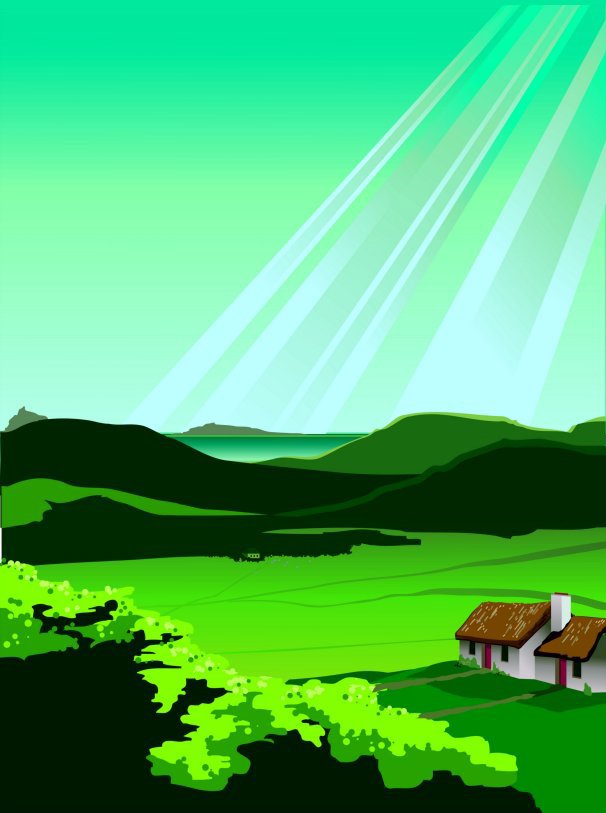 |
LONDON,
ENGLAND
|
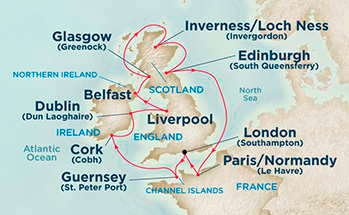 |
|
| |
|
History and tradition greet
you at every turn in London. London
is one of the most
fascinating cities in the world.
If London contained only
landmarks such as Westminster Abbey and Buckingham Palace,
it would still rank as one of the world's great
destinations, but Britain's capital is much more. People
come to glimpse the royals and stop by hot galleries; to
take in theater and trendy shops;
to sample tea
and scones or cutting-edge cuisine. When you need a break
from the action, pop into a pub, relax in a park—or take a
walk and make London your own.
The south of England boasts a
dramatic coastline that encloses some of the most beautiful
countryside in Britain. The landscape of hills and heaths,
downs and forests, valleys and dales, is without rival.
Southampton
serves as your gateway to the countryside - and to a wide
variety of historic sites, national landmarks and charming.
London is a two-hour drive
from Southampton by modern highway.
The United Kingdom's premier
passenger ship port, Southampton was home for many years to
the great transatlantic liners of yesteryear.
Points of Interest:
 Buckingham
Palace Buckingham
Palace
The Queen's
official London residence, Buckingham Palace, found at the
end of the tree-lined Mall, is protected by imposing iron
gates, through which you can glimpse the red-jacketed Royal
Guard.
It has been
the official London residence of Britain’s monarchy since
1837. Queen Victoria was the first monarch to live there.
Buckingham Palace was originally a grand house built by the
Dukes of Buckingham for his wife. George IV began
transforming it into a palace in 1826. Buckingham Palace has
775 rooms including 19 state rooms, 52 royal and guest
bedrooms, 188 staff bedrooms, 92 offices and 78 bathrooms.
 Westminster
Abbey Westminster
Abbey
This stunning Gothic building
has been the setting for Royal weddings and coronations
since 1066. It is home to the 'Tomb of the Unknown Warrior',
representing the thousands killed in World War I.
It is one of the oldest
buildings in London and one of the most important religious
centers in the country. The Abbey was built by Edward the
Confessor, and William the Conqueror was crowned in it on
Christmas Day. Many kings, queens and famous people are
buried or commemorated at Westminster Abbey. Its founder,
Edward the Confessor, was made a saint after his death and
he is buried in a special chapel dedicated to him. National
figures including Charles Dickens, Charles Darwin, David
Livingstone, Sir Isaac Newton, Rudyard Kipling, Clement
Attlee, and William Pitt are buried here.
 Big
Ben/Parliament Buildings Big
Ben/Parliament Buildings
The Houses of
Parliament, both the House of Commons and House of Lords, is
the home of British politics. An elaborate Gothic building,
it is also the site of London's much-loved time-piece, Big
Ben.
The Houses of Parliament features
three main towers. Of these, the largest and tallest is the
323 foot Victoria Tower, which occupies the south-western
corner of the Palace.
Big Ben is one
of the most famous landmarks in the world. It is the clock
tower. The name Big Ben is often used to describe the clock
tower that is part of the Houses of Parliament.
Officially “Big Ben” does not
refer to the clock tower but instead to the huge thirteen
ton Great Bell located at the top of the 323 foot high
tower. Big Ben is situated on the banks of the River Thames
on the north side of the Houses of Parliament in
Westminster, London. Big Ben chimes every 15 minutes and the
sound can be heard for a radius of up to 5 miles.
 London
Eye London
Eye
A giant
21st-century Ferris wheel, visitors walk directly into the
specially designed glass capsules located on the wheel's
exterior, for a breath-taking ride that lifts you high above
the city.
The London Eye
stands on the South Bank of the River Thames in London,
between Westminster and Hungerford Bridges. It is the
world’s highest observation wheel. The London Eye
(previously known as the Millennium Wheel) stands 443 feet
high. The London Eye can carry 800 passengers at a time on
a thirty-minute ride. From its highest point, it promises
views of up to 25 miles.
 Thames
River Cruise Thames
River Cruise
Cruise along the River Thames
on a vessel that features a glass observation deck, as well
as an open-air promenade, soaking up the spectacular views
including Tower Bridge, and the London Eye.
The River Thames rises in the
Cotswold Hills in Gloucestershire, and flows roughly
eastwards passed Oxford (where it is know as the River
Isis), until the Chilterns and on through London to the
North Sea. The river has been an important trade and
transport route since prehistoric times.
 Stonehenge Stonehenge
A true
archeological mystery, this mythical monument is thought to
be over 5,000 years old, and holds spiritual meaning for
many. Visitors can walk around the giant stones, some over
24 feet tall.
Stonehenge is the most famous prehistoric monument in
Britain. It is a circle of stones. Stonehenge is situated
on Salisbury Plain the county of Wiltshire.
 Windsor/Windsor
Castle Windsor/Windsor
Castle
Medieval
Windsor Castle is a favorite residence of Queen Elizabeth
II, and was built after the Norman Invasion by William the
Conqueror. The nearby town boasts quaint Georgian shops,
houses and inns. Windsor Castle has been a royal residence
for over 900 years. The royal standard flies from the round
tower of the Castle when the Queen is in residence. It was
built by the Normans from timber and later rebuilt in stone.
 Salisbury Salisbury
Home to a
13th-century Gothic-style cathedral, which boasts a 400-foot
spire and a copy of the Magna Carta, the town itself
features black-and-white, half-timbered houses and quaint,
narrow streets.
Salisbury is a medieval
cathedral city in the southern English county of Wiltshire.
It’s 9 miles south of the iconic prehistoric stone circle at
Stonehenge, which stands on the grassland of Salisbury
Plain. The city’s ornate 13th-century cathedral has a 123m
spire, a working 14th-century clock and an original copy of
the Magna Carta, a key document from 1215 A.D.
|
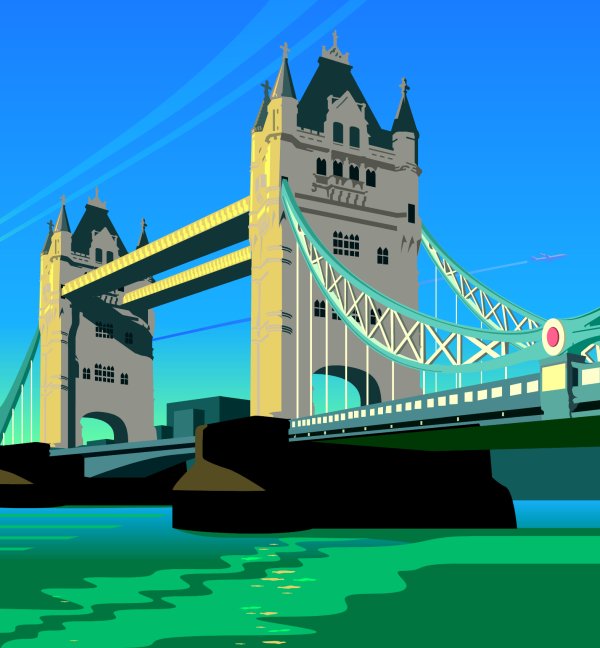
London
Bridge
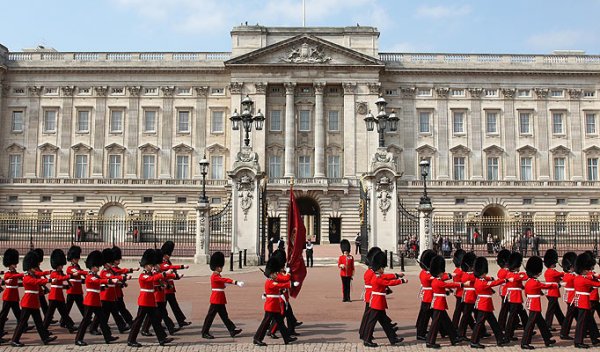
Buckingham
Palace
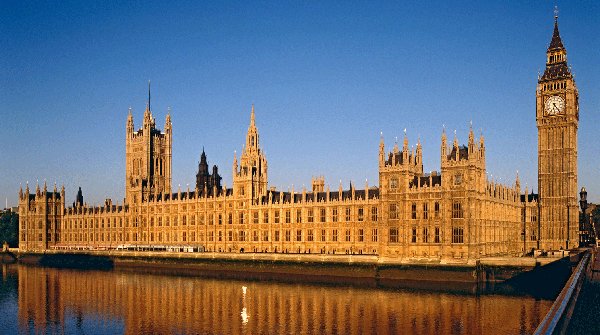
Westminster Abbey
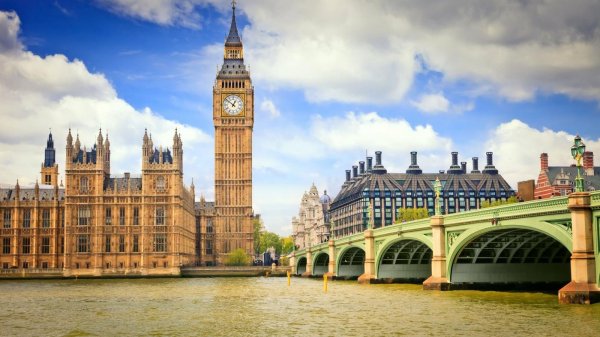
Big Ben
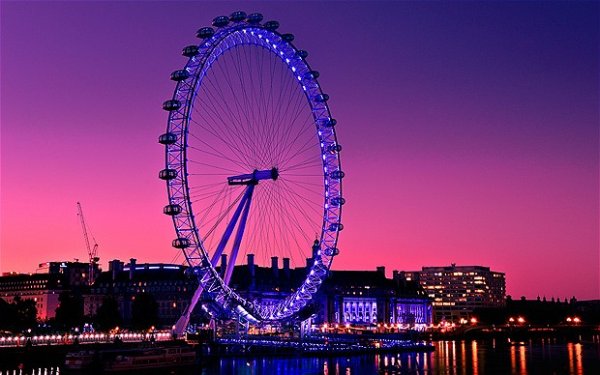
London Eye
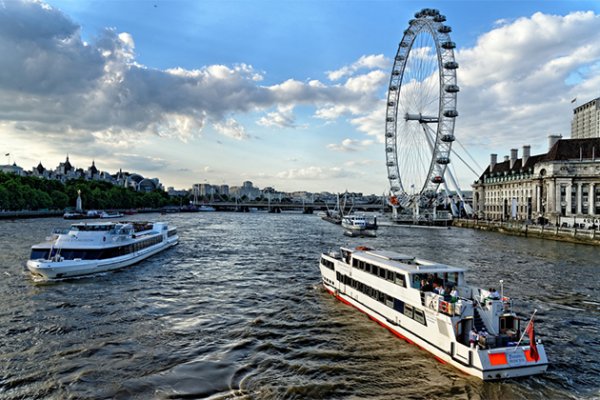
Thames
River
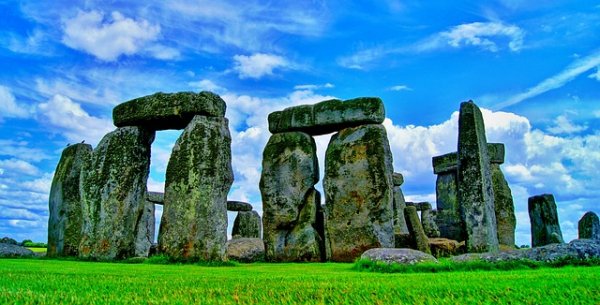
Stonehenge
|
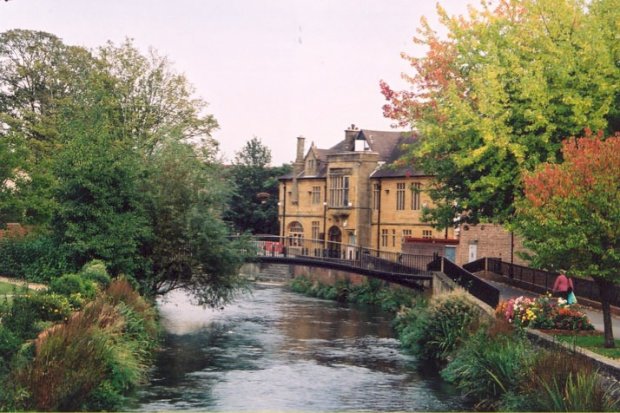
Salisbury
|
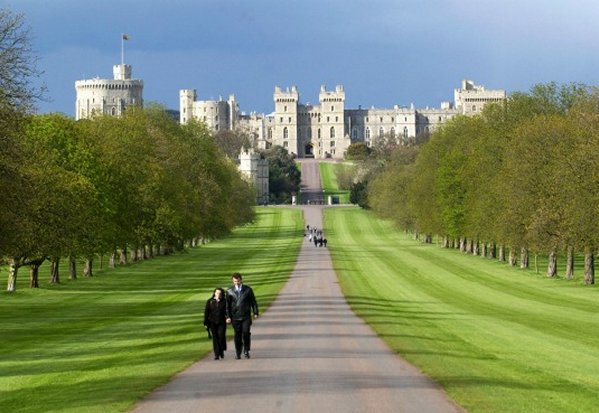
Windsor
Castle
|
| |
|
GUERNSEY,
ENGLAND
|
 |
|
| |
|
The British isle of Guernsey lies just eight
miles off the coast of France. The second largest of the
Channel Islands, Guernsey possesses a mild climate,
breathtaking scenery and a peaceful, unspoiled ambience.
All these attributes combine to make it a popular
destination for British and French vacationers. Once the
haunt of sea dogs and pirates, St. Peter Port is one of the
prettiest harbors in Europe.
Castles and forts dot the Guernsey coastline, including
German fortifications from World War II. The Channel Islands
were the only part of the United Kingdom to be occupied by
the Nazis.
St. Peter Port is situated on a hillside overlooking the
harbor of the Island of Guernsey. Rows of brightly painted
houses, granite stairs and cobbled lanes climb the hill,
providing great views of the port and the medieval castle
Note: St. Peter Port is an anchorage port. Passengers
transfer to shore by ship's tender.
Points of Interest:
 Little
Chapel Little
Chapel
Visit the Little Chapel of Guernsey. Set in the countryside
along a tree-lined path sits a miniature church. Made of
simple materials, the church is beautifully decorated with
pebbles, shells and pieces of colorful broken china.
A work of art and a labor of love, the Little Chapel is
possibly the smallest chapel in the world. It was built by
Brother Déodat who started work in March 1914. His plan was
to create a miniature version of the famous grotto and
basilica at Lourdes in France. Guardianship of the Little
Chapel now rests with Blanchelande Girls College which is
run by a Charitable Trust. The Little Chapel is beautifully
decorated with seashells, pebbles and colourful pieces of
broken china and the College has an ongoing program of
repairs and improvements.
 Workshops Workshops
The Gold and Silversmiths Workshops are situated in a
converted barn which dates back to 1582. Take in a close-up
view of the traditional craft being carried out before your
very eyes.
 Sausmarez
Manor Sausmarez
Manor
Possibly one of the most interesting, beautiful and varied
places on the island, encompassing many different things to
see and do, including a lake-side café, Happy Hollow 9 hole
Pitch & Putt course and an Edwardian Tin & Coppersmiths. The
Subtropical Gardens feature many exotic species and are set
in ancient woodland.
They are a partner garden of the Royal Horticultural Society
and recommended by the Good Garden Guide, Which Garden and
1001 Gardens to Visit Before you die. The Sculpture Park has
more sculptors exhibiting their works than anywhere else in
Britain.
Enjoy a guided tour of the Sausmarez Manor and experience a
time capsule of Guernsey's changing fortunes. View the
Tapestry Room, containing King James II's wedding coat, and
the Dining Room, which holds a collection of family
portraits.
 Sark
and La Seigneurie Sark
and La Seigneurie
Board the ferry to Sark, one of the last feudal states in
Europe. Take a ride in a horse-drawn carriage and explore
this island of steep cliffs and rocky coves. Continue on to
the superb gardens surrounding La Seigneurie.
Set within the grounds of a 17th century manor, the garden
is considered one of the finest in the Channel Islands. Many
unusual half hardy plants thrive within the walled garden,
ensuring a colorful display from spring through to autumn.
 Castle
Cornet Castle
Cornet
Built in the 13th century to guard the harbor, the fortress
boasts a long and bloody history. Take in the dark dungeons
and witness the ancient weapons ranging from crossbows and
catapults to muskets and cannons.
This 800 year old castle standing at the mouth of the harbor
and much bigger than it first appears.
Explore five museums and four period gardens and feel free
to enjoy the daily attractions which include a guided tour
at 10.30am and the firing of the noon-day gun by scarlet
clad gunners. Stay to see a Living History performance after
the gun firing and look out for other activities and special
events. The Castle is bigger than you might think so to make
the most of your trip, allow at least three hours.
Just a short walk from the town center, the Castle not only
offers a fascinating insight into hundreds of years of
island history - but spectacular panoramic views back
towards St Peter Port and out across our sister islands.
The story of the castle and other aspects of Guernsey's past
can be found in the five museums housed within the
Castle. These comprise of The Story of Castle Cornet, 201
Squadron (RAF) Museum, Maritime Museum, Royal Guernsey Light
Infantry Museum and Royal Guernsey Militia Museum.
 German
Occupation Museum and Underground Hospital German
Occupation Museum and Underground Hospital
Located within walking distance of the island's airport, the
German Occupation Museum provides a unique insight into life
in Guernsey during the occupation from 1940 to 1945. The
museum is complete with an authentic recreation of an
occupation-era street, exhibitions on maritime history, and
Second World War fortifications.
View
a selection of musical instruments, uniforms, weapons and
equipment. Continue on to the Underground Hospital. The
complex contains a maze of tunnels which cover an area of
about 75,000 square feet.
 Victor
Hugo's House Victor
Hugo's House
Victor Hugo came to Guernsey and was instantly captivated by
the island. His home was Hauteville House, which remains
today as it was left, allowing visitors to see his
individual style of decoration.
Literary lovers can walk in the footsteps of one of the most
celebrated authors of the 19th century. French author and
poet Victor Hugo spent 15 years in exile in Guernsey from
1855 and the island provided the inspiration for many of his
fine works, including Les Miserables and Toilers of the
Sea. Hugo fell in love with Guernsey and his island home,
Hauteville House, offers fans a chance to experience how he
lived - and see where he wrote some of his most famous books
and poems.
His writing room, the Crystal Room, is at the top of the
eclectic house and has panoramic views across the
ever-changing capital St Peter Port out to sea and across to
his homeland, France.
 Herm Herm
Less than a square mile in area, Herm is the smallest of the
Channel Islands. Travel to the island and see the Herm
School and St. Tugual's Chapel. Enjoy the chapel's
breathtaking stained glass.
Herm's scenic coastal paths can be walked in their entirety
within a leisurely couple of hours. The gently undulating
route takes you across a common to the stunning Shell Beach,
with its clear waters and sand that is made of millions of
tiny shell fragments, which give the beach its name. A
little further around the coast is the pretty, sheltered
cove Belvoir Bay.
|
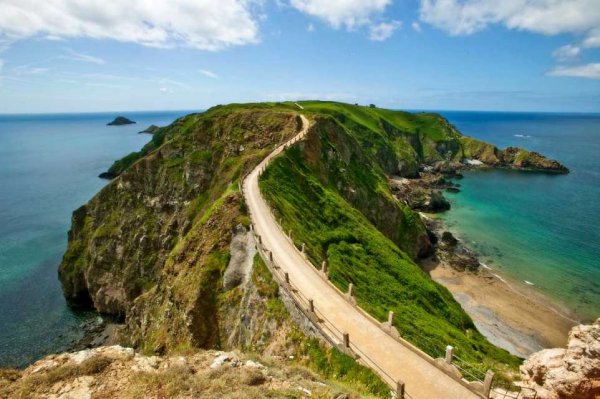
Sark
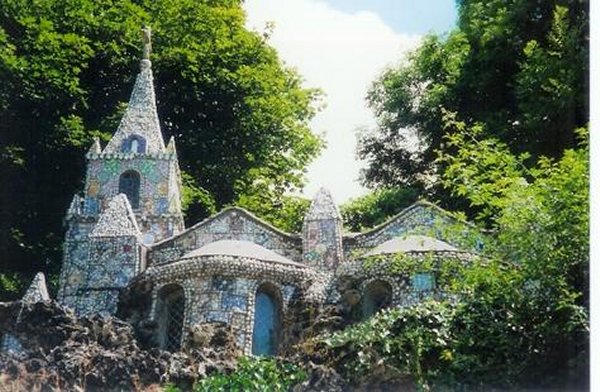
Little Chapel
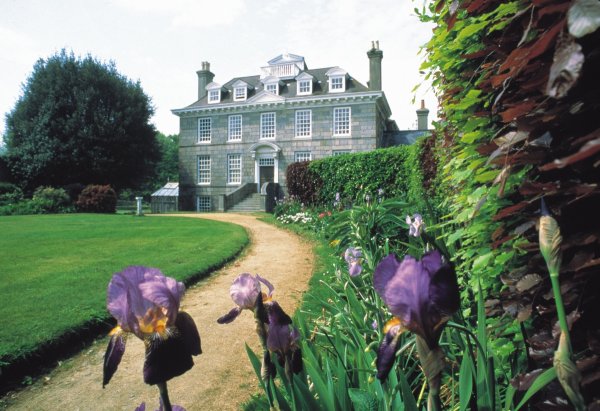
Sausmarez Manor
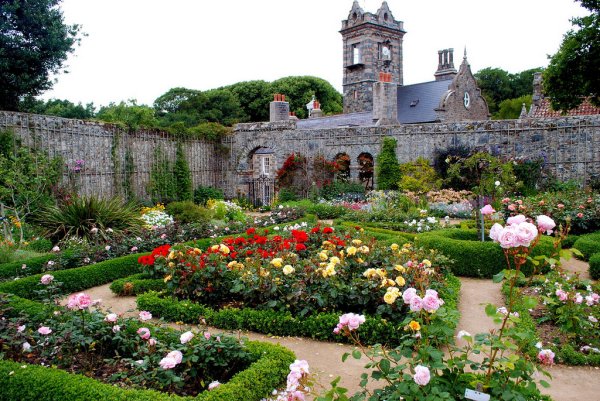
Sark and La Seigneurie
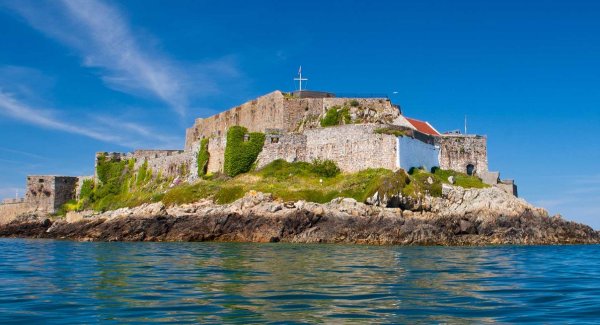
Castle Cornet
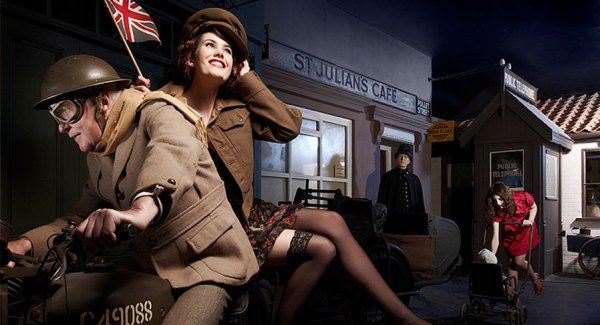
German Occupation Museum and Underground Hospital
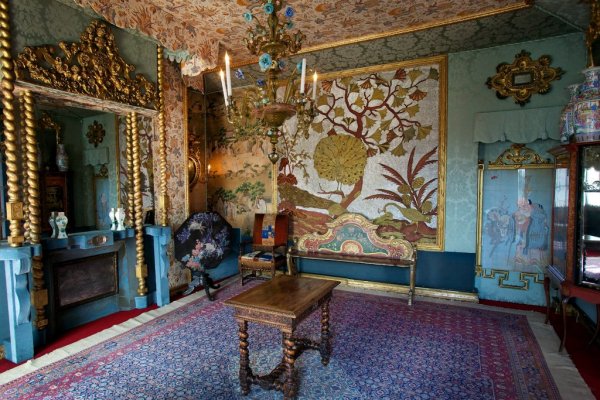
Victor Hugo's House
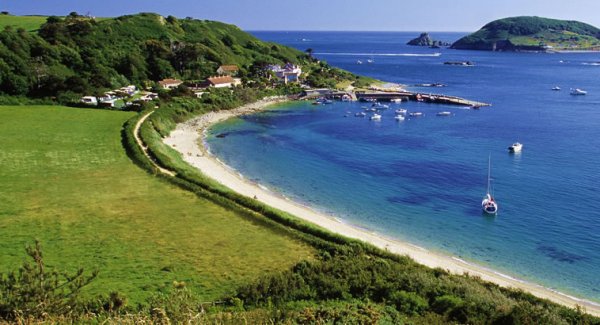
Herm
|
| |
CORK, IRELAND
|
 |
|
| |
|
Founded in the 7th century by St. Fin Barre, Cork is your
gateway to romantic Ireland. Stroll down narrow country
lanes or see the Lakes of Killarney. The intrepid visitor
may scale the narrow passages of Blarney Castle to kiss the
Blarney Stone. The region around Cork is also home to one of
the densest concentration of prehistoric monuments in
Western Europe.
In a land where fable and fact blend to
become folklore, it was near Cork that the great Tuatha De
Danaan, a race with magical powers, was driven underground
by the conquering Celts.
Cobh was the single most important port of emigration from
Ireland.
Note: Your ship will dock in Cobh which is about 15 miles
from Cork
Points of Interest:
 Blarney
Castle Blarney
Castle
Blarney Castle is a medieval stronghold in Blarney, near
Cork, Ireland and the River Martin. Though earlier
fortifications were built on the same spot, the current keep
was built by the MacCarthy of Muskerry dynasty, a cadet
branch of the Kings of Desmond, and dates from 1446.
The castle is now a partial ruin with some accessible rooms
and battlements. At the top of the castle lies the Stone of
Eloquence, better known as the Blarney Stone. Tourists
visiting Blarney Castle may hang upside-down over a sheer
drop to kiss the stone, which is said to give the gift of
eloquence. There are many versions of the origin of the
stone, including a claim that it was the Lia Fial, a
numinous stone upon which Irish kings were crowned.
Surrounding the castle are extensive gardens. There are
paths touring the grounds with signs pointing out the
various attractions such as several natural rock formations
with fanciful names such as Druid's Circle,
Witch's Cave and the Wishing Steps. The grounds
include a poison garden with a number of poisonous plants,
including wolfsbane, mandrake, ricin and opium, as well as
cannabis. Blarney House, also open to the public, is a
Scottish baronial-style mansion that was built on the
grounds in 1874.
 Blarney
Woolen Mill Shop Blarney
Woolen Mill Shop
This converted mill is Ireland's largest Irish gift store
selling traditional Irish goods, including Waterford
crystal, Irish linen, hand-loomed Donegal tweed, knitwear,
bone china and Celtic brooches.
Blarney Woolen Mills was built in 1823. It was used mainly
for spinning and weaving wool. The mill briefly closed for
two years between 1973 and 1975, after which it was
re-opened as an Irish heritage shop. It is located in the
village of Blarney, County Cork, Ireland.
 Kinsale
or Youghal Kinsale
or Youghal
Kinsale is a historic fishing port featuring a pretty
harbor, along with many well-preserved, 18th-century houses.
It was off the coast here that the Lusitania was torpedoed
by a U-boat during World War I. Kinsale is a popular holiday
resort for Irish and overseas tourists. Leisure activities
include yachting, sea angling, and golf.
The town also has several art galleries and a school of
English. The town is compact with a quaint air of antiquity
in the narrow streets. There is a large yachting marina
close to the town center. The town is known for its
restaurants, and holds an annual "Gourmet Festival".
Youghal is one of the only few medieval towns in Ireland
that still has it walls. It is one of the best preserved
examples of a 13th century town in Europe.
 St.
Fin Barre's Cathedral St.
Fin Barre's Cathedral
This French, Gothic-inspired cathedral designed by William
Burgess was built on the site of Fin Barre's 7th-century
monastic settlement. It boasts mosaics, rich carvings and
medieval gargoyles.
Spiky spires, gurning gargoyles and elaborate sculpture
adorn the exterior. The grandeur continues inside, with
marble floor mosaics, a colorful chancel ceiling and a huge
pulpit and bishop's throne. Quirky items include a
cannonball blasted into an earlier medieval spire during the
Siege of Cork (1690).
Most of the cathedral's ostentation is the result of an
architectural competition held in 1863 and won by William
Burges. Once victory was assured Burges promptly redrew his
plans – with an extra choir bay and taller towers – and his
£15,000 budget went out the window. Luckily, the bishop
appreciated such perfectionism and spent the rest of his
life fundraising for the project. Local legend says that the
golden angel on the eastern side will blow its horn when the
Apocalypse is due to start.
 House
of Waterford Crystal House
of Waterford Crystal
The manufacturer of glass has a long history in Ireland.
Ireland's famed Waterford Crystal dates from 1783.
The range and
reach of Waterford Crystal has flourished to global
proportions, yet the heart and soul of the company remains
in the city of Waterford, Ireland. You will find the House
of Waterford Crystal, a cultural landmark and tourist
destination that is also an industrious manufacturing
facility and the birthplace of Waterford Crystal's finest
works.
Using the traditional methods of mouth blowing, hand
finishing, sculpting and engraving, the artisans of the
House of Waterford Crystal melt over 750 tons of crystal per
year to produce more than 45,000 high-end crystal
creations.
 St.
Colman's Cathedral St.
Colman's Cathedral
Built in 1868 and completed in 1915, ornate St. Colman's
Cathedral is made of granite and limestone, and features
elaborate stained glass windows. It boasts views of Cobh
harbor.
Dramatically perched on a hillside terrace above Cobh, this
massive French Gothic Cathedral is out of all proportion to
the town. Its most exceptional feature is the 47-bell
carillon , the largest in Ireland, with a range of four
octaves. The biggest bell weighs over 7500 lbs.
 Killarney
National Park Killarney
National Park
Killarney National Park boasts stunning views of the
countryside set against a backdrop of rugged mountain peaks,
and covers 26,000 acres, while the lakes of Killarney are
famous for their beauty.
The distinctive combination of mountains, lakes, woods and
waterfalls under ever changing skies gives the area a
special scenic beauty. Killarney National Park was
designated as a Biosphere Reserve in 1981 by UNESCO.
 Muckross
House Muckross
House
This delightful 19th-century manor house features a gorgeous
sunken garden, folk museum and crafting workshop. The
interior of the house features beautiful hand-made Victorian
furnishings.
Muckross House is set against the stunning beauty of
Killarney National park. The house stands close to the
shores of Muckross Lake, one of Killarney’s three lakes and
famed world wide for their splendor and beauty. As a focal
point with Killarney National Park, Muckross House is the
ideal base from which to explore this landscape.
|
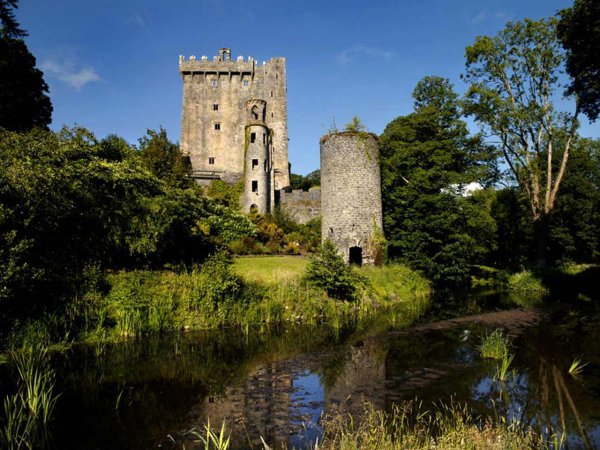
Blarney Castle
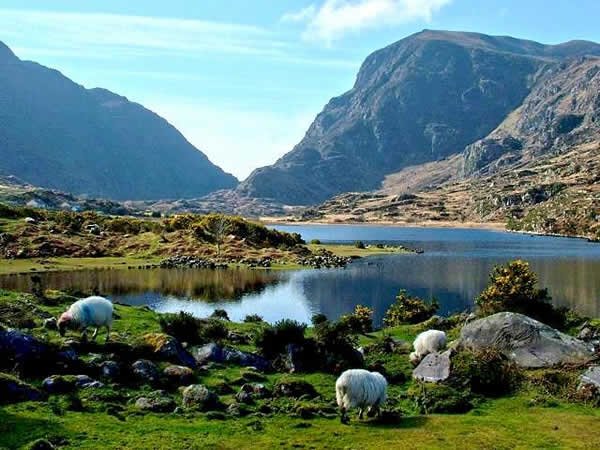
Killarney National Park

Blarney Woolen Mill Shop
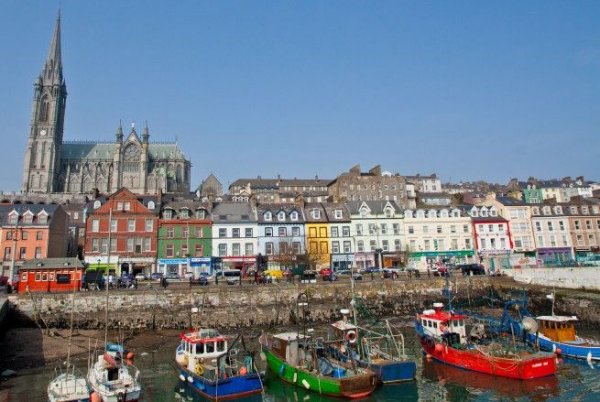
St. Colman's Cathedral in
Kinsale
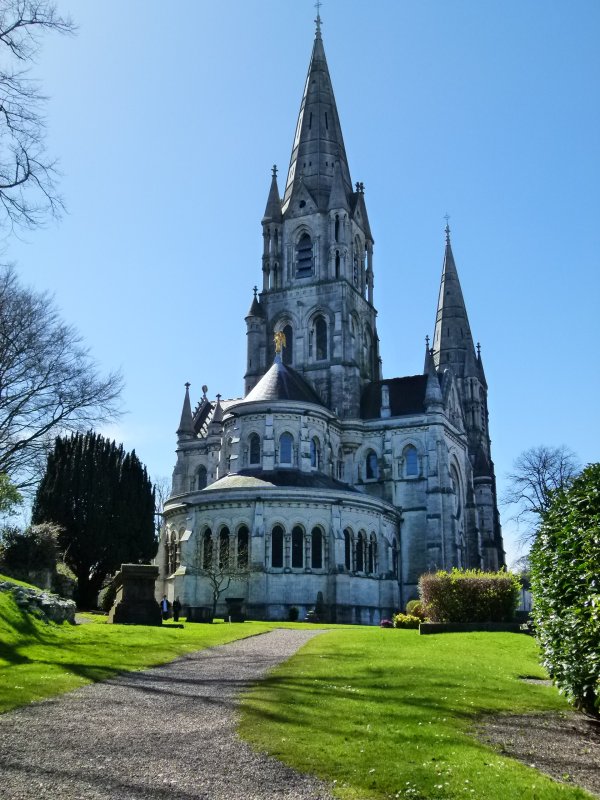
St. Fin Barre's Cathedral
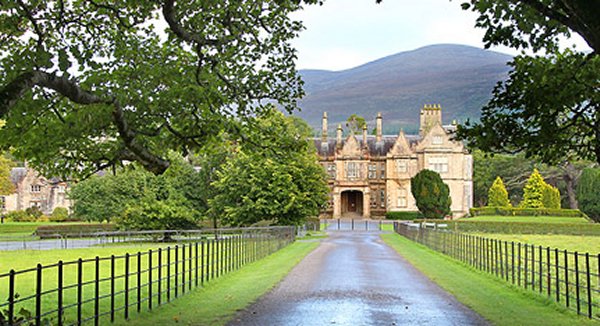
Muckross House
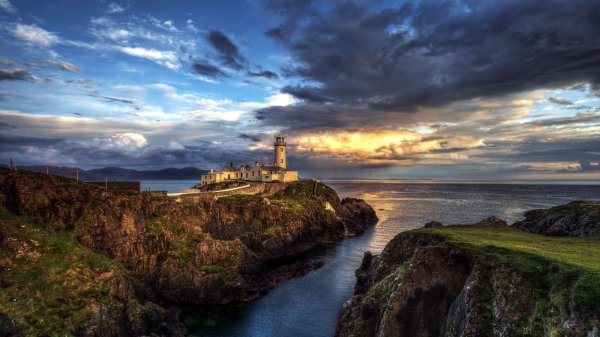 |
| |
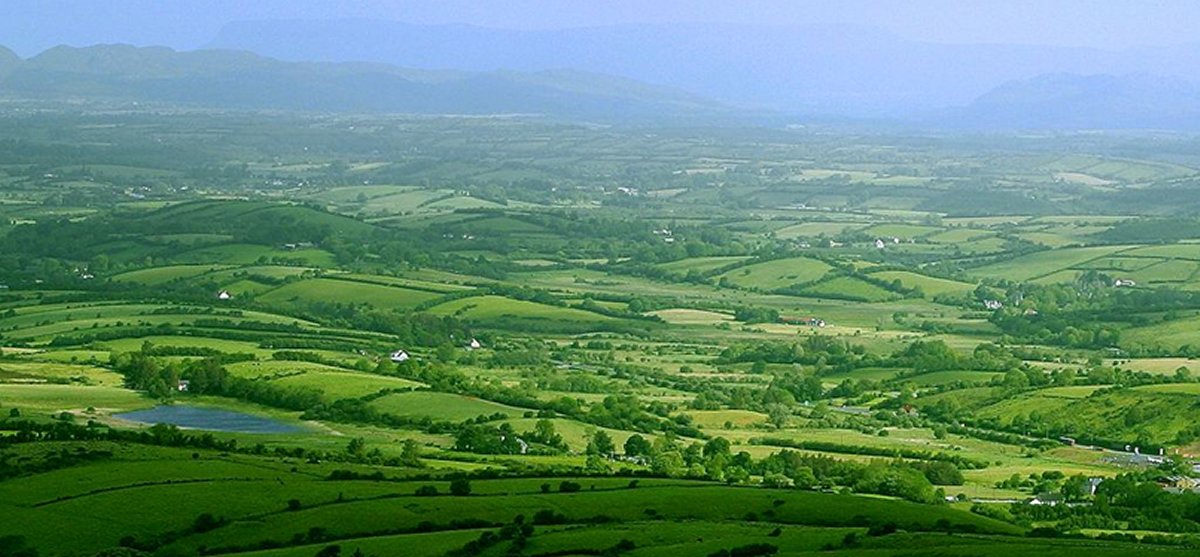
This is
Wild Wicklow, a spectacular area south of Dublin that Rick
and Marla visited in 2010 (read
story)
|
DUBLIN,
IRELAND
|
 |
|
| |
Dublin is a city which
has experienced a renaissance. Today, this
cosmopolitan city on the Liffey
River is one of Europe's premier
tourist destinations. The
capital of the Republic of Ireland, Dublin is an intimate
place that is easy to explore.
Stroll past St. Stephen's Green or survey the gray, stone
facades of Trinity College, Ireland's oldest university. The
city is also remarkably well-preserved - every June 16,
scholars retrace the paths of James Joyce's characters in
the novel "Ulysses," set in Dublin on June 16, 1904.
Dublin possesses a storied history. A settlement has existed
on the banks of the River Liffey for at least a millennium
and a half. Succeeding waves of Gaelic, Viking, Norman and
English invaders have left their mark on the city.
Points of Interest:
 St. Patrick's Cathedral
St. Patrick's Cathedral
Built in honor of Ireland's patron saint, St. Patrick's
Cathedral is the largest church in Ireland. It is said to be
one of the earliest Christian sites in Ireland where St.
Patrick baptized converts.
St. Patrick's Cathedral is the second of the capital's two
Protestant cathedrals. The other is Christ Church, and the
reason Dublin has two cathedrals is because St. Patrick's
originally stood outside the walls of Dublin, while its
close neighbor was within the walls and belonged to the see
of Dublin. The original building, dedicated in 1192 and
early English Gothic in style, was an unsuccessful attempt
to assert supremacy over Christ Church Cathedral.
At 305 feet, this is the longest church in the country, a
fact Oliver Cromwell's troops—no friends to the Irish—found
useful as they made the church's nave into their stable in
the 17th century. They left the building in a terrible
state; its current condition is largely due to the
benevolence of Sir Benjamin Guinness—of the brewing
family—who started financing major, restoration work in
1860.
 Trinity College
Trinity College
Trinity College is Ireland's oldest university and one of
the great universities of the world. Trinity College Library
is the home to the Book of Kells.
Trinity College was founded in 1592 by Queen Elizabeth I to
"civilize" (Her Majesty's word) Dublin. Trinity is Ireland's
oldest and most famous college.
The memorably atmospheric campus is a must; here you can
track the shadows of some of the noted alumni, such as
Jonathan Swift (1667-1745), Oscar Wilde (1854-1900), Bram
Stoker (1847-1912), and Samuel Beckett (1906-89). Trinity
College, Dublin (familiarly known as TCD), was founded on
the site of the confiscated Priory of All Hallows. For
centuries Trinity was the preserve of the Protestant Church;
a free education was offered to Catholics—provided that they
accepted the Protestant faith. As
a legacy of this condition, until 1966 Catholics who wished
to study at Trinity had to obtain a dispensation from their
bishop or face excommunication.
 Guinness Storehouse and/or Visiting a Pub
Guinness Storehouse and/or Visiting a Pub
Dublin has over 1,000 pubs and several hundred types of
beers. St. James's Gate
Brewery, a brewery founded in 1759 in Dublin by Arthur
Guinness, is today the largest brewer of stout. The Guinness
Storehouse is Ireland's number one visitor attraction and
tells the story of the "black stuff". It
was founded by Arthur Guinness in 1759, and at one time was
the largest stout-producing brewery in the world. It spans
a 60-acre spread west of Christ Church Cathedral.
Not surprisingly, it's the most popular tourist destination
in town—after all, the Irish national drink is Guinness
stout, a dark brew made with roasted malt. The brewery
itself is closed to the public, but the Guinness Storehouse
is a spectacular attraction, designed to woo you with the
wonders of the "dark stuff." In a 1904 cast-iron-and-brick
warehouse, the museum display covers six floors built around
a huge, central glass atrium.
Beneath the glass floor of the lobby you can see Arthur
Guinness's original lease on the site, for a whopping 9,000
years. The exhibition elucidates the brewing process and its
history, with antique presses and vats, a look at bottle and
can design through the ages, a history of the Guinness
family, and a fascinating archive of Guinness
advertisements.
The star attraction is undoubtedly the top-floor Gravity
Bar, with 360-degree floor-to-ceiling glass walls that offer
a nonpareil view out over the city at sunset while you sip
your free pint.
 Dublin Castle
Dublin Castle
Dublin Castle represents some of the oldest surviving
architecture in the city, with its 13th-century record tower
and State Apartments, once the residence of English
viceroys.
Dublin Castle is the heart of historic Dublin. In fact, the
city gets its name from the Black Pool “Dubh Linn” which was
on the site of the present Castle garden.
The Castle stands on the ridge on a strategic site at the
junction of the River Liffey and its tributary the Poddle,
where the original fortification may have been an early
Gaelic Ring Fort.
A Viking Fortress once stood on
this site - a portion of which is on view to visitors in the
“Medieval Undercroft” which also includes the remains of the
original 13th century Castle.
The south range houses the magnificent State Apartments that
were built as the residential quarters of the Viceregal
court. They are now the venue for Presidential
Inaugurations, State Functions and Ireland’s Presidencies of
the European Union. The State Apartments, Medieval
Undercroft and Chapel Royal are open to visitors.
 Malahide Castle
Malahide Castle
From 1185 until 1973, Malahide Castle was the home of the
Talbot family. Malahide Castle and Gardens is one of the
oldest castles in Ireland, set on 260 acres, this
magnificent & historic 12th century castle has been home to
the Talbot family for over 800 years. The castle was built
around the original tower house which dates back to the 12th
century. The great hall was built in the 15th century. The
furniture, the reception rooms, the entry hallway, the
corner towers and the plaster-work were all added in the
18th century and reflect the highest standards of the time.
Admire the portraits from the National Portrait Collection
which adorn and decorate many walls of the Castle.
 Glendalough
Glendalough
A monastery set in a spectacular natural setting, Lonely
Planet Ireland calls Glendalough "truly one of the most
beautiful places in Ireland and a highlight of any trip to
the island."
Set in an area south of Dublin know as Wild Wicklow,
Rick and I visited for an enjoyable
afternoon in May 2010.
This lovely area was one of the real highlights of our trip.
(Read
story)
Glendalough
(Gleann
Dá Loch,
“Valley of the Two Lakes”) is a fascinating monastic
settlement in a spectacular natural setting just an hour
south of Dublin. The monastery was founded by St. Kevin, a
hermit monk who died about 618 AD. The
extensive ruins of Glendalough include several early
churches, a graceful round tower, and various sites
associated with the life of St. Kevin.
The area is ideal for walking at all levels, ranging from a
short stroll around the ruins to demanding mountain hikes.
 Powerscourt
Powerscourt
Powerscourt is set in the wild, untamed
Wicklow Mountains. As one of the most beautiful country
estates in Ireland, its grounds boast the highest waterfall
in Ireland.
The gardens at Powerscourt were laid
out over two main periods. Many of the people involved in
their creation and development never saw the gardens
completed in their lifetime. When the house was rebuilt in
the decade after 1731, the surrounding grounds were also
remodeled. The design reflected the desire to create a
garden which was part of the wider landscape. And what a
view it is!
To the North formal tree plantations
framed the vista from the house, while a walled garden, fish
pond, cascades, grottos and terraces lay to the South. Walks
wound through the wooded grounds and a fine tree lined
avenue was created. When you arrive at the tree lined avenue
today, hundreds of beech trees will guide your visit.
|
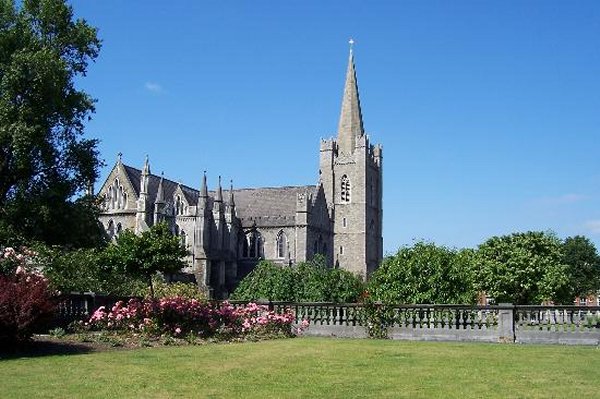
St. Patrick's Cathedral
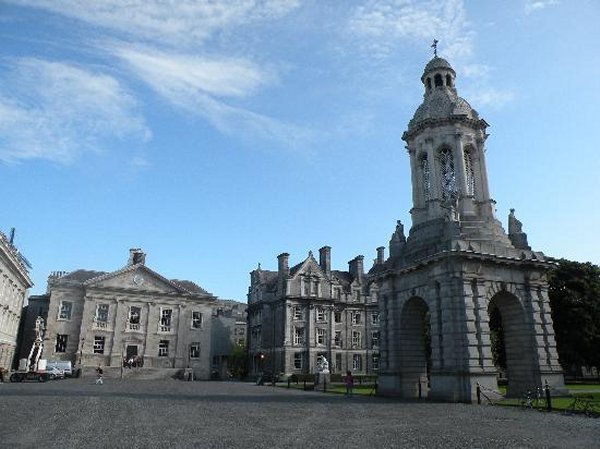
Trinity College
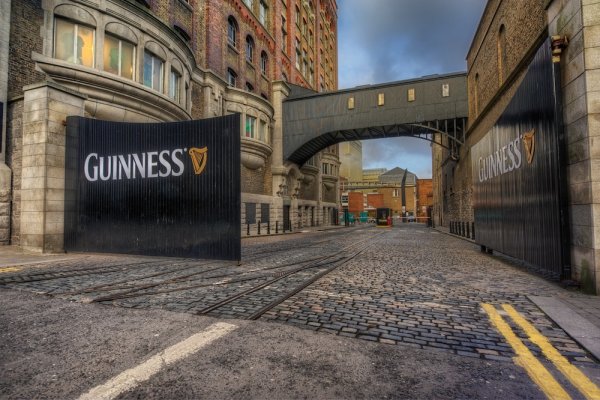
Guinness Storehouse
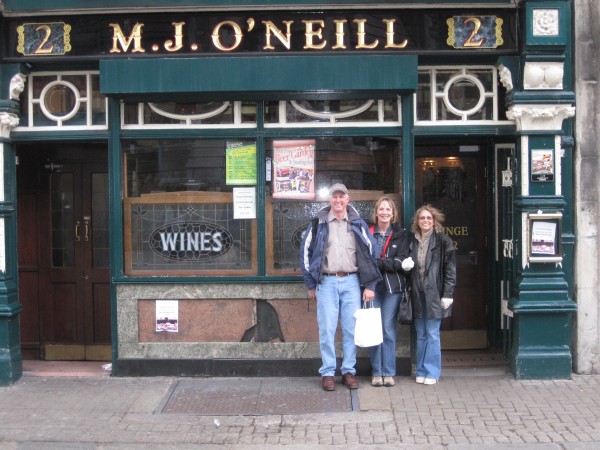
During
our 2010 visit to Dublin, we were joined by Bill and Sharon
Shaw at the famous M.J. O'Neill Pub
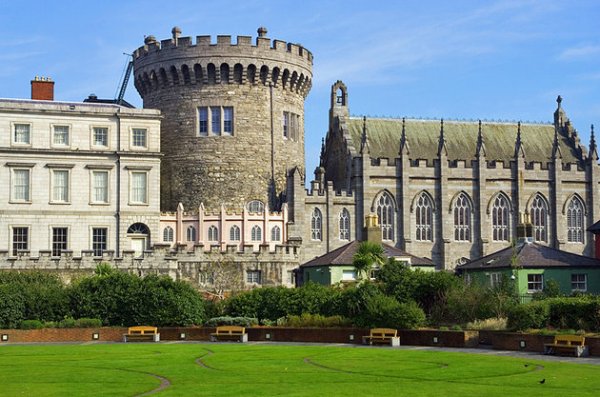
Dublin Castle
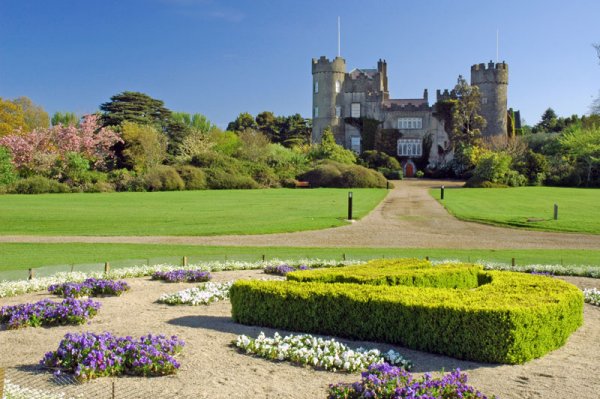
Malahide Castle
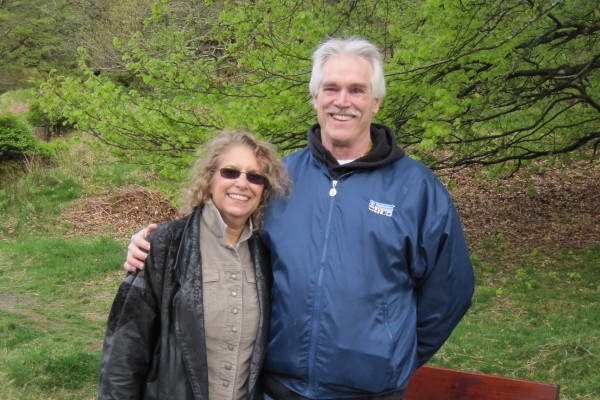
Rick and
Marla's
2010 visit to
Glendalough
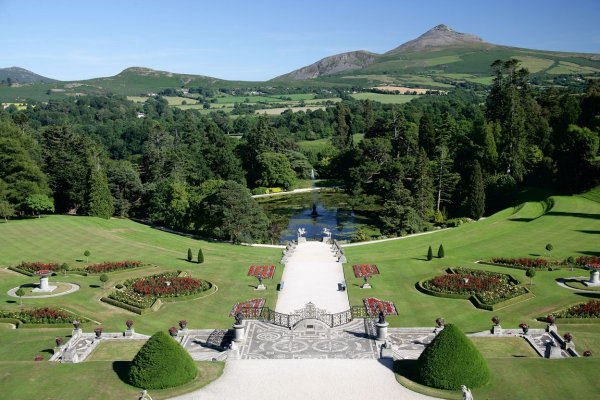
Powerscourt
|
LIVERPOOL,
ENGLAND
|
 |
|
| |
Liverpool is an important
industrial port that grew to
prominence as a result of trade with the Americas. That
tradition continued in the '60s as the Beatles mounted the
first wave of rock 'n' roll's "British Invasion".
Liverpool is perhaps most famous as the birthplace of the
Beatles and draws thousands of music fans each year to its
various attractions.
Actually, the city possesses cultural charms beyond the
Beatles. Liverpool is home to two of the finest neoclassical
buildings in Europe. At nearby Port Sunlight, magnate
William Lever built a model industrial village and created
the Lady Lever Gallery. The museum is home to a superb
collection of English paintings and furniture.
Its historic waterfront, recognized as a World Heritage
site, is a scenic reminder of its history as a globally
important trade port at the height of the British Empire.
Liverpool is also proud of its diversity and is home to two
majestic cathedrals, an impressive 19th century synagogue
and the oldest Chinatown in Europe.
Points of Interest:
 Beatles Story
Beatles Story
The award-winning Beatles Story experience is a journey into
the life, times and culture, including the Fab4D experience
through the music of the Beatles and must-see, world-class
special exhibitions.
Replicas of the Casbah, Mathew Street and The Cavern
authentically capture the early 60s, allowing you to
personally experience the very places that helped make The
Beatles the greatest band in the world.
Creative, charismatic and eternally cool the Beatles Story
tells the roller coaster journey of four lads who shook the
world forever. Join The Beatles on their journey; first
conquering Liverpool, and then the world, through immersive
recreations of key locations from the band’s career
including The Casbah Club, The Cavern Club, and Abbey Road
Studios.
The Beatles Story is now also home to John Lennon’s Last
Piano, which was heard on albums including “Walls and
Bridges” and “Double Fantasy”, whilst it was also used to
compose hits with David Bowie and Elton John. In addition to
this, John Lennon: The New York Years 1971-1980 – a
collection of famous photographs taken of John by his New
York photographer and close friend, Bob Gruen – is also on
display within The Beatles Story’s main exhibition.
 Albert Dock
Albert Dock
In 1846, the Albert Dock was a working dock. Albert Dock is
one of Britain’s top heritage attractions, situated in a
spectacular riverside setting as part of Liverpool's UNESCO
designated World Heritage Site.
Designed by Jesse Hartley, it opened in 1846 and remained a
fully working dock until closing in 1972. It later underwent
a huge restoration program and was reopened as a visitor
attraction in 1988 by HRH Prince Charles. Today, Albert
Dock houses the largest collection of Grade I listed
buildings in the United Kingdom and is home to award winning
visitor attractions including the Beatles Story,
International Slavery Museum, Merseyside Maritime Museum and
Tate Liverpool.
Visitors can dine at a fine selection of family friendly
restaurants suiting all palettes and budgets, including The
Smugglers Cove, Gusto, Spice Lounge or What's Cooking? to
name but a few.
There are also fabulous Dockside cafes including Tate Cafe
or Rubens Coffee Shop or, if you're looking for something
different, classic British fare at Docklands Fish & Chips,
pancakes at La Crepe Rit or relax at a unique pay-per-minute
cafe called Ziferblat.
 Anglican Cathedral
Anglican Cathedral
Liverpool is home to ancient cathedrals, including the
Anglican Cathedral, the largest in the UK, and Christ the
King, a Roman Catholic basilica. Keep an eye out for
the following 10 points of interest which offer an insight
into the rich history of the cathedral and the city itself.
1. The UK’s largest organ
2. The world’s heaviest bells --The Bartlett Bells - named
after the local man who bequeathed them to the cathedral -
are the heaviest and highest in the world
3. The Elizabeth Hoare Gallery
4. The “Kneeling Madonna”
5. The Great West window
6. A poignant memorial to Hillsborough victims
7. “The Welcoming Christ” -- Renowned sculptor Elisabeth
Frink, who died in 1993, created this striking statue high
above the West Door.
8. “The Good Samaritan”--Adrian Wiszniewski’s painting
9. The Tower
10. The Holy Spirit Chapel
 Lake District:
Windermere Lake
Lake District:
Windermere Lake
A cruise along Windermere Lake, England's longest lake,
promises magnificent views of the town of Bowness, "the
heart of the Lake District," mountain scenery, secluded bays
and wooded islands.
The Lake
District, a region and national park in northwest England,
is a popular holiday destination. It’s known for its glacial
ribbon lakes, rugged fell mountains and historic literary
associations. Market towns such as Kendal, Keswick and
Ambleside are bases for exploring the area and home to
traditional inns, galleries of local art and outdoor
equipment shops.
It's awash with outdoor opportunities, from lake cruises to
mountain walks, but many people visit for the region's
literary connections; William Wordsworth, Beatrix Potter,
Arthur Ransome and John Ruskin all found inspiration here.
 Chester Cathedral
Chester Cathedral
Chester is considered one of the UK's most beautiful cities,
and one of the best-preserved, with some parts of the city
walls dating back over 2,000 years.
Chester is a city in northwest England, founded as a Roman
fortress in the 1st century A.D. It's known for its
extensive, well-preserved Roman walls made of local red
sandstone. In the old city, the Rows is a shopping district
distinguished by 2-level covered arcades and Tudor-style
half-timbre buildings. A Roman amphitheater, with ongoing
excavations, lies just outside the old city's walls
 Steam Railways
Steam Railways
The Liverpool and Manchester Railway was the world's first
scheduled and ticketed inter-city railway in which all the
trains were hauled solely by steam locomotives. Today,
several steam locomotives travel along Liverpool railways.
The
Liverpool
and Manchester
Railway
(L&MR) was a
railway
opened on 15 September 1830 between the Lancashire towns of
Liverpool
and Manchester in the United Kingdom.
It was the first
railway
to rely exclusively on
steam
power, with no horse-drawn traffic permitted at any time;
the first to be entirely double track
throughout
its length; the first to have a signalling system; the first
to be fully timetabled; the first to be powered entirely by
its own motive power; and the first to carry mail.
 Conwy Castle
Conwy Castle
Edward I began construction of Conwy Castle in 1283 as part
of his campaign to secure Wales for the English crown.
Conwy
Castle
dominates the mouth of the River Conwy and the medieval
walled town of Conwy in North Wales like a huge goliath and
serves as the major tourist attraction in the county of
Conwy.
Today the castle is one of the best preserved castles in the
whole of North Wales.
The
castle is almost unique in the fact that the old town walls
remain almost entirely intact and can still be walked on
today. Considering the military action it has seen over the
years the castle remains in a remarkably good state of
repair.
The castle consists of a large curtain wall built on a
natural rock formation lending it natural height above the
town. The wall consists of eight circular towers with four
smaller towers providing further height. Inside the castle
the old buildings are almost completely gone however there
is enough remaining that a picture of what life inside Conwy
Castle was once like can still be gained.
|
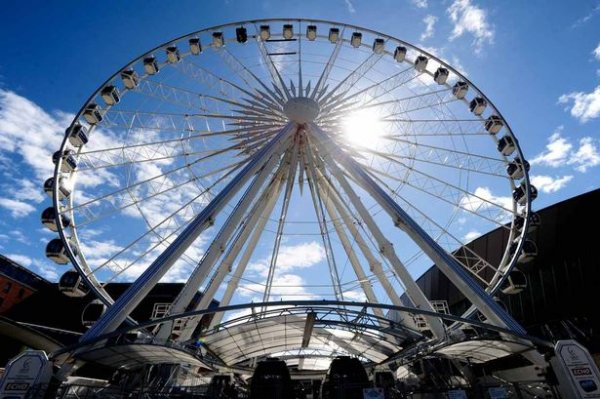
Liverpool Wheel
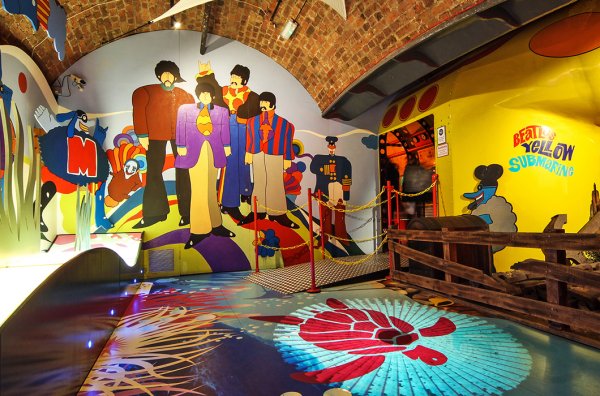
Beatles Story
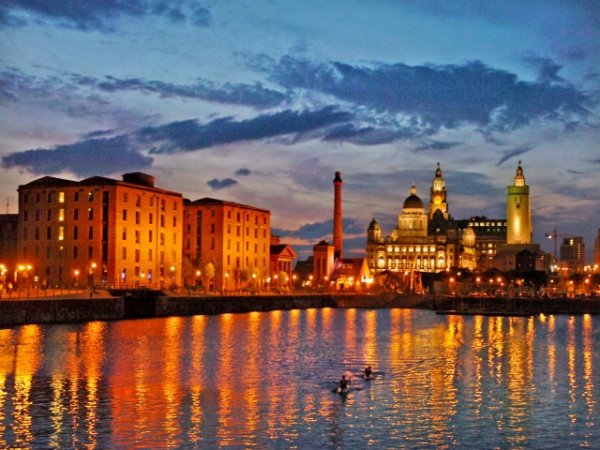
Albert Dock
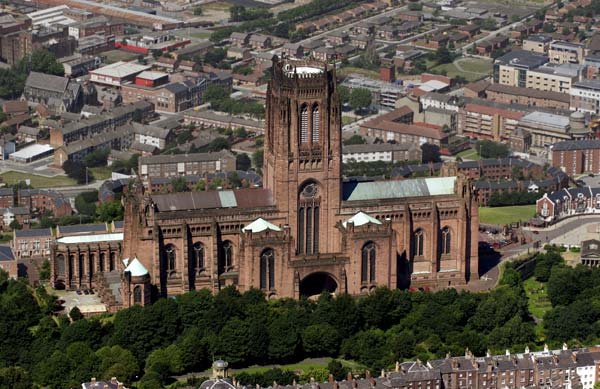
Anglican Cathedral
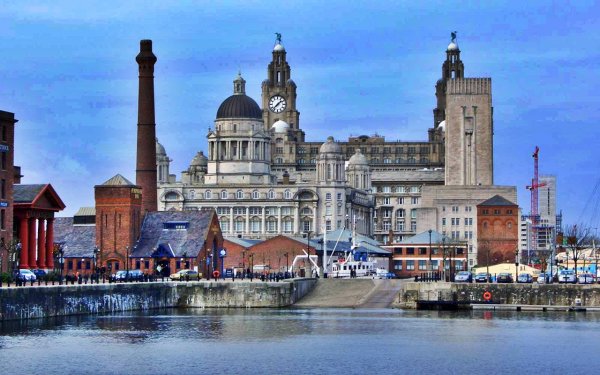
Downtown
Liverpool
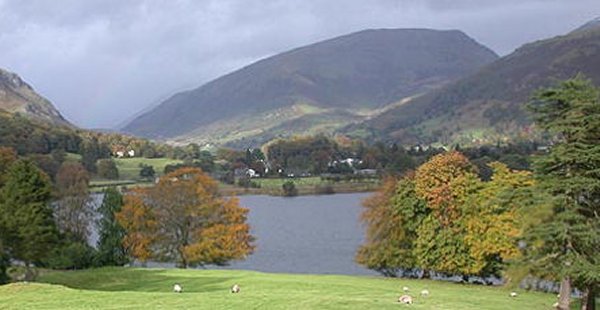
Lake District:
Windermere Lake
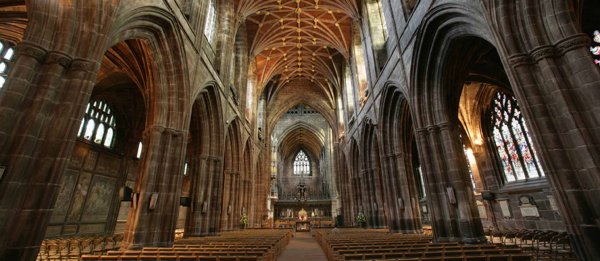
Chester Cathedral
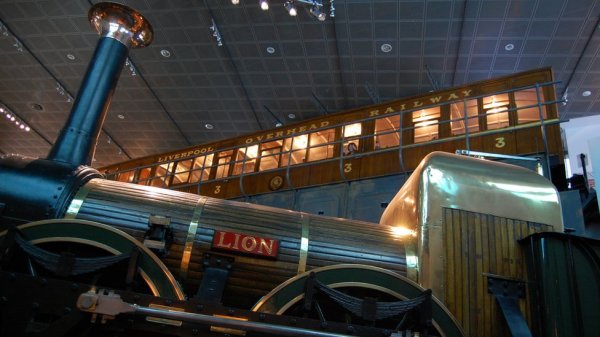
Steam Railways
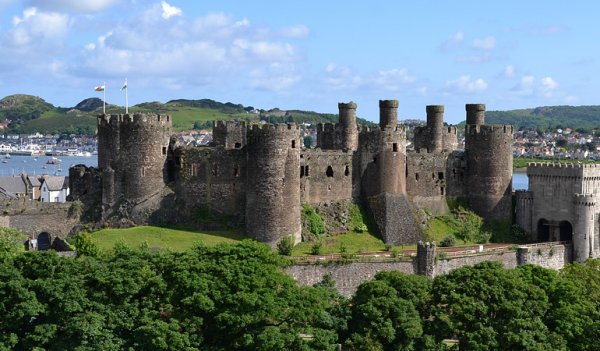
Conwy Castle
|
BELFAST,
NORTHERN IRELAND
|
 |
|
The capital of Northern Ireland - part of the United Kingdom
- Belfast has experienced a renaissance since the Good
Friday Agreement of 1998 that promised an end to the
decades-old "Troubles" between Catholics and Protestants.
Stretching along both sides of the River Lagan, this
graceful city of Victorian and Edwardian buildings has
become a cosmopolitan tourist destination. Once a major
industrial center, Belfast is also your gateway to the rich,
Irish countryside of Counties Antrim and Down.
Belfast was an industrial giant in the 19th century, famed
for its linen and its shipyards. Explore this exuberant
city, marvel at the Giant's Causeway or shop for superb
Irish linens.
Belfast has something for everyone -- whether it is
leisurely shopping or a night on the town. Golf enthusiasts
will enjoy the beautiful golf courses around town, and
serious shoppers will feel at home on Lisburn Road. A trip
to Ireland would not be complete without visiting a
traditional Irish pub, such as The Rotterdam or The King's
Head.
Points of Interest:
 Giant's Causeway
Giant's Causeway
Along the Antrim Coast is the world-renowned Giant's
Causeway. A UNESCO World Heritage Site, the Giant's Causeway
is considered the Eighth Wonder of the World. The Giant's
Causeway lies at the foot of the basalt cliffs along the sea
coast on the edge of the Antrim plateau in Northern Ireland.
It is made up of some 40,000 massive black basalt columns
sticking out of the sea.
The dramatic sight has inspired legends of giants striding
over the sea to Scotland. Geological studies of these
formations over the last 300 years have greatly contributed
to the development of the earth sciences, and show that this
striking landscape was caused by volcanic activity during
the Tertiary, some 50–60 million years ago.
 Antrim Coast
Antrim Coast
The Antrim Coast in the north of Northern Ireland, is one of
the most scenic coastlines in Britain and Ireland, with
breathtaking landscapes, the Carrick-a-Rede Rope Bridge, and
the dramatic cliff-side ruins of Dunluce Castle.
A large section of the road
is winding trough the countryside, following the scenic
coastline. Some parts are even built between large 100m high
cliffs and the sea.
 City Hall & Titanic Memorial
City Hall & Titanic Memorial
The Titanic Memorial, located on the east grounds of Belfast
City Hall, honors those who died in the RMS Titanic
disaster, and includes a list of all those who perished on
April 15, 1912.
It was funded by contributions from the public, shipyard
workers and victims' families, and was dedicated in June
1920. It is located on Donegall Square in central Belfast in
the grounds of Belfast City Hall..
The memorial
presents an allegorical representation of the disaster in
the form of a female personification of Death or Fate
holding a laurel wreath over the head of a drowned sailor
raised above the waves by a pair of mermaids. It has been
used as the site of annual commemorations of the Titanic
disaster. It is now the centerpiece of a small Titanic
memorial garden that was opened on 15 April 2012, the
centenary of the disaster. Together with the garden, it is
the only memorial in the world to commemorate all of the
victims of the Titanic, passengers and crew alike.
 Belfast Pubs
Belfast Pubs
Belfast Pubs have been the cornerstone of Belfast life for
centuries. Some have music, many have good food and all
offer a great pint or a comforting hot whiskey and loads of
craic (the term for fun and conversation in Irish).
Smart and stylish, sports, live music, nightclub; whatever
your taste in nightlife, this city
has it in abundance. Punters are out in their droves most
evenings in the city, sampling the best of what Belfast
nightlife has to offer. Why not check out one of Belfast’s
modern smart and stylish bars? Alternatively you may prefer
to while away the hours enjoying the food in the comfortable
surroundings of the gastro pub. Whatever you seek, Belfast
is happy to oblige.
 Botanic Gardens
Botanic Gardens
The Botanic Gardens reflect Belfast's Victorian heritage,
boasting two notable period buildings, a bowling green, a
rose garden and assorted tropical plants and trees.
First established in 1828,
the gardens have been enjoyed as a public park by the people
of Belfast since 1895. There is an extensive rose garden and
long herbaceous borders and the tree enthusiast can seek out
the rare oaks planted in the 1880s, including the
hornbeam-leafed oak. Situated near Queens University
Belfast, the Botanic Gardens is an important part of
Belfast’s Victorian heritage and a popular meeting place for
residents, students and tourists.
 Londonderry
Londonderry
Originally named Derry,
Londonderry
is the second largest city in Northern Ireland and lies on
the west bank of the River Foyle. It features an almost
completely preserved circuit of medieval walls.
A walk around the walls in Londonderry reveals a splendid
city crammed full of history, heritage, interest and a
vibrant cultural scene.
This is the only remaining completely walled city in Ireland
and one of the finest examples of Walled Cities in Europe.
The Walls were built during the period 1613-1618 by the
honorable, the Irish Society as defense for early
seventeenth century settlers from England and Scotland.
The Walls form a walkway around the inner city and provide a
unique promenade to view the layout of the original town
which still preserves its Renaissance Style street plan to
this day.
The four original gates to the Walled City are Bishop’s
Gate, Ferryquay Gate, Butcher Gate and Shipquay Gate. Three
further gates were added - magazine Gate, Castle Gate and
New Gate. The Walls vary in
width between 12 and 35 feet. They are the most complete in
Ireland and one of the finest examples of Walled Cities in
Europe. The city claims Europe’s largest collection of
cannon whose origins are known precisely.
 Carrickfergus Castle
Carrickfergus Castle
Considered the first real Irish Castle, Carrickfergus was
built in 1180 by the Norman John de Courcy to guard the
approach to Belfast.
Carrickfergus Castle is a Norman castle in Northern Ireland,
situated in the town of Carrickfergus in County Antrim, on
the northern shore of Belfast Lough. Besieged in turn by the
Scots, Irish, English and French, the castle played an
important military role until 1928 and remains one of the
best preserved medieval structures in Ireland.
For more than 800 years, Carrickfergus Castle has been an
imposing monument on the Northern Ireland landscape whether
approached by land, sea or air. The castle now houses
historical displays as well as cannons from the 17th to the
19th centuries.
|
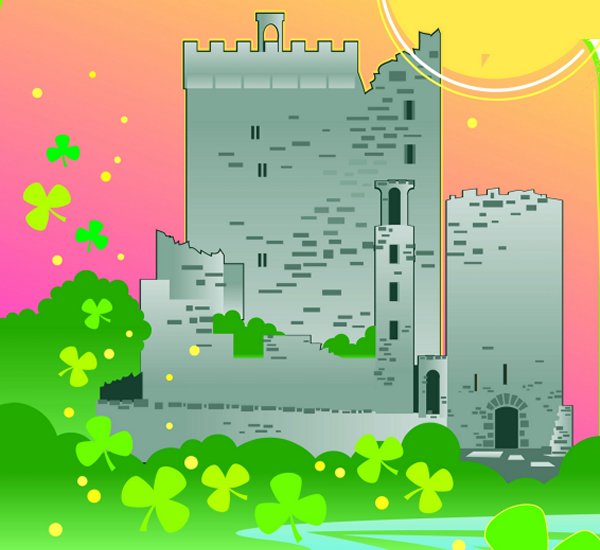
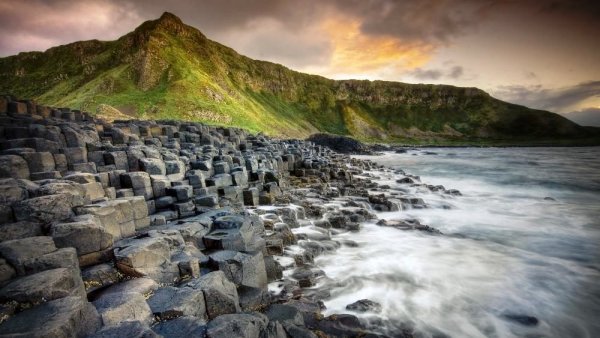
Giant's Causeway
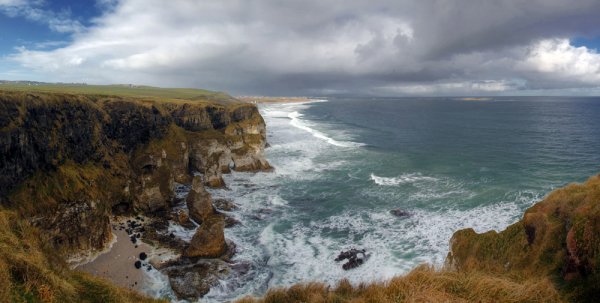
Antrim Coast
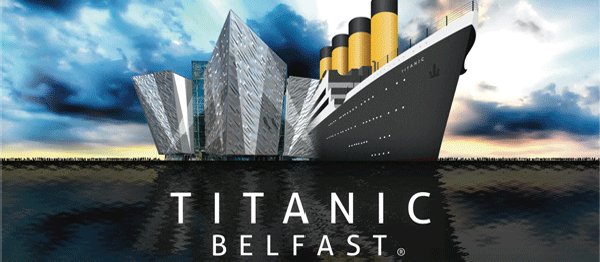
Titanic Memorial
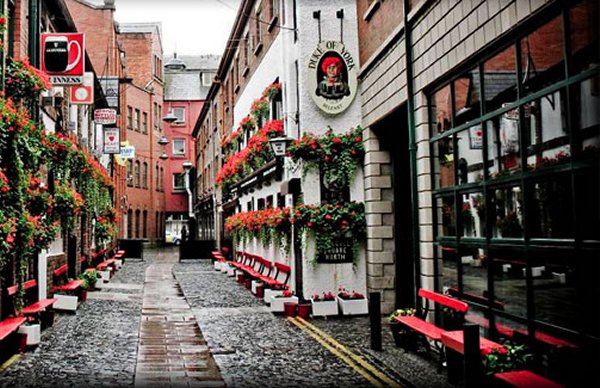
Belfast Pubs

Botanic Gardens
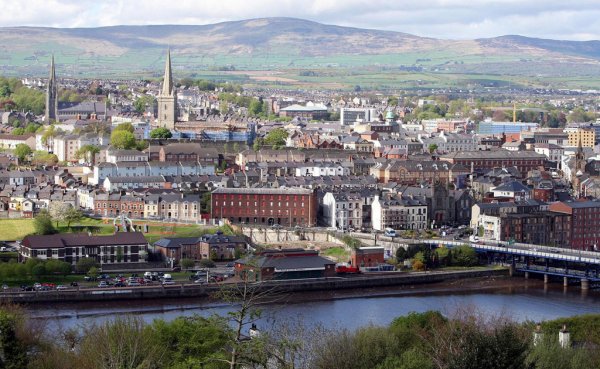
Londonderry
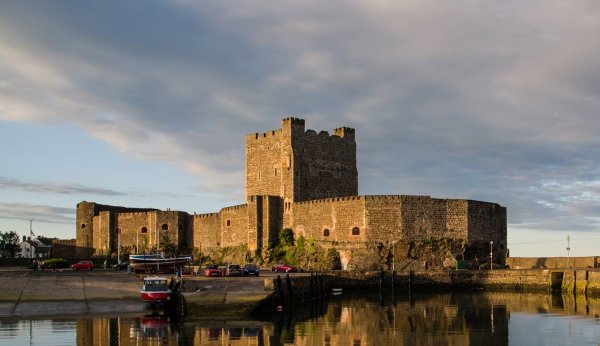
Carrickfergus Castle
|
| |
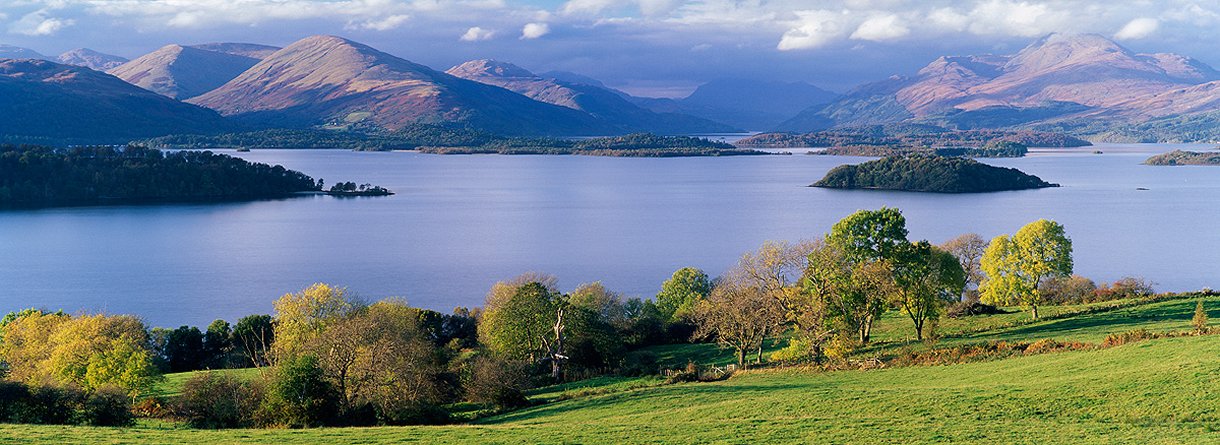
Glasgow's
stunning Loch Lomond, the largest lake in Scotland
|
| |
GLASGOW,
SCOTLAND
|
 |
|
Glasgow was Scotland's great industrial center
during the 19th century. Today, the city remains the
commercial and cultural capital of the Lowlands.
Lying on the banks of the
River Clyde, Glasgow boasts some of the finest Victorian
architecture in the entire United Kingdom, including the
stately City Chambers. Elegant Princes Square offers
excellent shopping, and among the host of museums and
galleries, the Burrell Collection features a superb treasure
trove of paintings and art objects.
The bonnie banks of Loch Lomond mark the beginning of the
Scottish Highlands, which rise above the valleys of Glasgow
and Edinburgh. From Edinburgh's fairy tale castle, walk down
the Royal Mile through the medieval streets of Old Town, or
explore the Georgian spendour of New Town, home of Sam
Adams.
Note: Your ship docks in Greenock, which is approximately 45
minutes from Glasgow
Points of Interest:
 Loch Lomond
Loch Lomond
Lying on the Highland Boundary Fault, the loch is 24.5 miles
long, it is the largest freshwater loch in Scotland and has
more than 30 islands, the largest of which is Inchmurrin.
The Loch Lomond and Trossachs area of Scotland was awarded
National Park status in July 2002. A popular leisure
destination located between the lowlands of central Scotland
and the Highlands. Explore the diversity of landscapes in
the Loch Lomond and Trossachs National Park which have
inspired painters, musicians, artists and writers. Visit
Loch Lomond -a loch for all seasons.
This stunningly beautiful and popular leisure destination
has been featured in song and is Scotland's second largest
freshwater lake, dotted with many islands.
 Glasgow Cathedral
Glasgow Cathedral
The only cathedral in Scotland to have survived the
Reformation intact, this 12th-century medieval church houses
one of the finest post-war collections of stained glass
windows in Britain.
Glasgow Cathedral was at the very heart of the early
development of Glasgow as a city. Dedicated to St Kentigern,
the first bishop of Strathclyde, the awe-inspiring edifice
attracted countless pilgrims to his shrine.
Originally built in the 1100s, and substantially enlarged in
the 1200s, it survived the Protestant Reformation of 1560
almost intact and stands today as the most complete medieval
cathedral on the Scottish mainland.
 Transport Museum
Transport Museum
Take the opportunity to climb aboard some of the exhibits to
get a real feel of public transport or take a stroll along
one of the museum's recreated streets dating back to the
early 1900s.
The museum uses its collections of vehicles and models to
tell the story of transport by land and sea, with a unique
Glasgow flavor. Here you will find the oldest surviving
pedal cycle and the finest collection in the world of
Scottish-built cars, including such world famous makes as
Argyll, Arrol Johnson and Albion.
The breadth of the collection is impressive, featuring all
forms of transport from horse-drawn vehicles to fire
engines, from motorcycles to caravans. Even toy cars and
prams are included. In the Clyde Room are some 250
fascinating ship models, representing the gigantic
contribution of the River Clyde and its shipbuilders and
engineers to the world of maritime trade. F
rom the Comet of 1812 to fabulous builders models of the
Hood, Howe, Queen Mary, Queen Elizabeth and Queen Elizabeth
2, the Clyde Room reflects the proud boast 'Clyde built'.
 Inveraray Castle
Inveraray Castle
Featuring four imposing conical spires, this 18th-century
Scottish castle is the seat of the Duke of Argyll and houses
a stunning collection of family portraits, artifacts and
English china.
Inveraray Castle has been standing on the shores of Loch
Fyne since the 1400s, although the impressive castle we know
today was inspired by a sketch by Vanbrugh, the architect of
Blenheim Palace and Castle Howard in the 1700s.
The garden is well worth a visit, regardless of the time
year. The daffodils around Easter cover the policies with
various shades of yellow, replaced by the vibrant reds,
pinks and whites of the rhododendrons and azaleas that the
West Highlands are famous for.
 Stirling
Stirling
Known as Scotland's crossroads, this charming city is home
to the popular and historic Stirling Castle,
the imposing scene of royal
coronations, weddings, baptisms and even murders.
With an utterly impregnable position atop a mighty wooded
crag (the plug of an extinct volcano), Stirling's
beautifully preserved Old Town is a treasure trove of
historic buildings and cobbled streets winding up to the
ramparts of its dominant castle, which offer views for miles
around.
Clearly visible is the brooding Wallace Monument, a strange
Victorian Gothic creation honoring the legendary freedom
fighter of Braveheart fame. Nearby is Bannockburn, scene of
Robert the Bruce's pivotal triumph over the English.
The castle makes a fascinating visit, but make sure you also
spend time exploring the Old Town and the picturesque path
that encircles it. Below the Old Town, retail-minded modern
Stirling doesn't offer the same appeal; stick to the high
ground as much as possible and you'll love the place.
 Culzean Castle
Culzean Castle
Converted from a fortress by great Scottish architect Robert
Adams in the 18th century, this splendid storybook castle is
filled with architectural marvels and memorabilia.
Culzean Castle is the perfect place for a day out whether
you're a keen walker, enjoy admiring gardens, have an
interest in architecture or just enjoy soaking up some
history.
Standing on a dramatic cliff top overlooking the Firth of
Clyde, the castle has been associated with the Kennedy
family since the 14th century and was converted by Robert
Adam between 1777 and 1792.
 Burrell
Collection Burrell
Collection
In the heart of Pollok Country Park, this award-winning
building houses a collection by artists including Rodin,
Degas and Cezanne, as well as late medieval, Chinese and
Islamic art.
In the heart of Pollok Country Park, this award-winning
building houses a unique collection in a beautiful woodland
setting. The collection is one of the greatest ever created
by one person, comprising over 8000 objects.
|
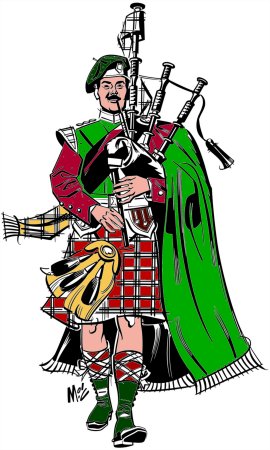
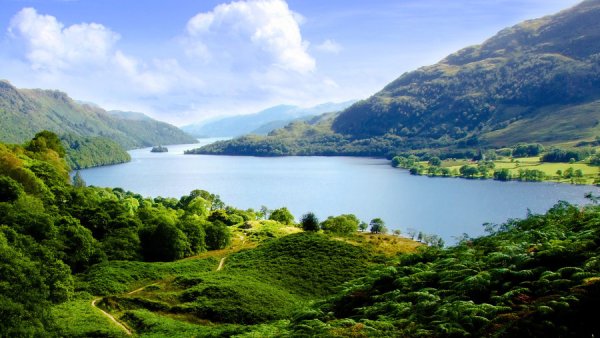
Loch Lomond
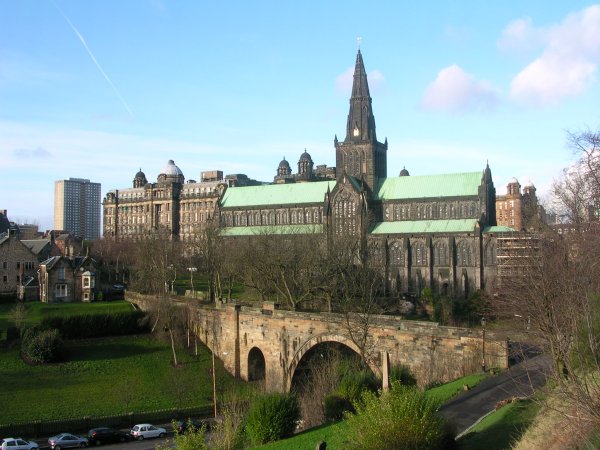
Glasgow Cathedral
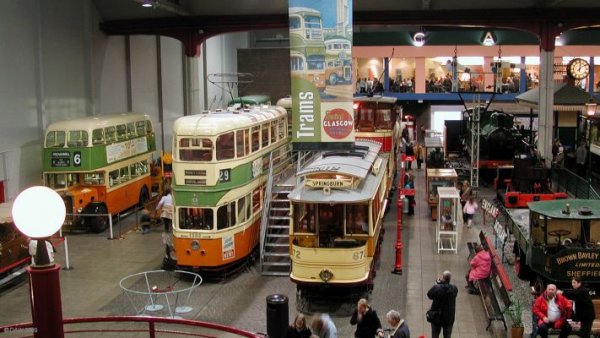
Transport Museum
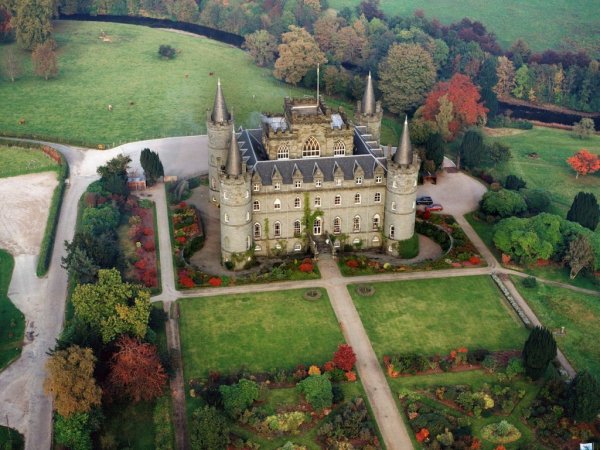
Inveraray Castle
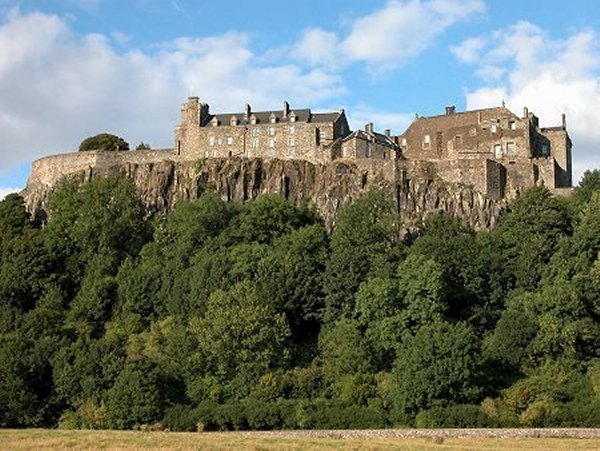
Stirling Castle
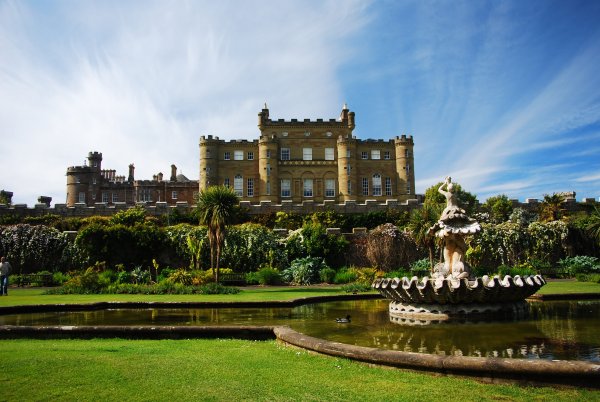
Culzean Castle
|

The
magnificent Culzean Castle is one of Glasgow's favorite
attractions
|
INVERNESS,
SCOTLAND
AND LOCH NESS
|
 |
|
Inverness
is the port city in Northern Scotland where our ship will
dock. Some people may choose to stay in the city or
perhaps take the tour to the inland site of Loch Ness.
is the northernmost city in the
United Kingdom. It dates
back to the 6th century. Inverness
is one of Scotland's seven cities and sits in the south of
the Highlands, on the banks of the River Ness.
Inverness
Crowned by a pink crenellated castle and lavishly decorated
with flowers, Inverness is a thriving city with a rich
variety of places to visit and things to do both in the city
and around. The city boasts a number of historic buildings
in the Old Town that can be appreciated while browsing city
shops.
There is a great selection of places to eat and drink
too with peaceful areas close to the city center for
relaxing and a great variety of places to stay. The city
itself is small, compact and easy to get around.
This thriving city offers a rich variety of things to do and
see from shopping and culture to eating and drinking. There
are many lovely riverside restaurants and bustling pavement
cafes as well as a wide range of specialist retailers in the
historic Old Town and Victorian Market while a great variety
of popular High street names can be found at the Eastgate
Center.
Keep in mind that Scotland is the Land of the Castles.
If you are fascinated by castles, you will be pleased to
know the area around Inverness features several of
Scotland's most famous ones.
Points of Interest:
 Loch Ness
Loch Ness
In 1933, an enterprising editor in Inverness enlivened a
slow news week with the story of an odd sighting in Loch
Ness. The legend grew overnight - and today individuals
still scan the dark waters of the Loch for a sight of Nessie,
the Loch Ness Monster. Legend goes back as far as the 6th
century and insists that the celebrated Loch Ness Monster
inhabits a cave beneath the picturesque ruins of Urquhart
Castle. Welcome to
Invergordon, your gateway to Loch Ness and that area of the
Highlands known as the "Great Glen."
Loch Ness is rumored home of the legendary "Nessie."
Loch Ness is Scotland's second largest lake (Loch Lomond is
the largest), but it is definitely Scotland's most famous
lake thanks to the greatest myth in modern times.
Everyone has heard of the legend of the Loch Ness Monster,
often called Nessie or Niseag in Gaelic. Rumors of a
mysterious creature living in the lake have been around for
centuries (with the earliest account being attributed to a
record of the life of St. Columba in the 6th century). It
was not until the mid-1900s that the legend of a
plesiosaur-like animal living in the lake spread outside of
Scotland.
Since then, there have been about 10,000 reported Nessie
sightings. Many other lakes have also claimed to have their
own monsters, including one in Japan and another in Turkey.
Regardless of whether or not there is a monster living in
Loch Ness, the legend has become a part of the local
culture. In 2003, a group called the South Loch Ness
Heritage Group was founded to promote and preserve local
culture through exhibitions, lectures and other activities.
Even if you do not see the Loch Ness Monster on your visit,
the beauty of the lake and the Scottish Highlands should
make up for the disappointment. This region of great natural
beauty is home to many museums, moors and picturesque
villages.
Rick Archer's Note: Marla and I visited Loch Ness in
2010. In 2013, I wrote an extensive story on the
origins of the Loch Ness Monster legend. It is a
fascinating tale that suggests there might actually be
something to the existence of a serpent (Read
Story)
 Urquhart Castle
Urquhart Castle
The jagged ruins of Urquhart Castle, once one of the largest
strongholds of medieval Scotland, is an impressive structure
overlooking Loch Ness.
The magnificently situated Urquhart Castle, on the banks of
Loch Ness, remains an impressive stronghold despite its
ruinous state.
Urquhart was once one of Scotland’s largest castles. Its
remains include a tower house – the most recent building on
the site – that commands splendid views of the famous loch
and Great Glen.
Urquhart witnessed considerable conflict throughout its 500
years as a medieval fortress and its history from the 1200s
to the 1600s was particularly bloody. Following the invasion
of King Edward I of England in 1296, it fell into English
hands and was then reclaimed and lost again.
In the 1300s this castle figured
prominently in the Scots’ struggle for independence and came
under the control of Robert the Bruce after he became King
of Scots in 1306. In the 1400s and 1500s, the castle and
glen were frequently raided from the west by the ambitious
MacDonald Lords of the Isles.
 Dornoch
Dornoch
The Scottish Highlands are renowned
for their wild beauty, grandeur and a rich cultural
heritage, nowhere more apparent than in Dornoch
with its glowing medieval town center of local golden
sandstone. For hills, glens, lochs and heather clad moors,
the Dornoch area has them all situated as it is in a
designated area of outstanding natural beauty.
This seaside resort town boasts
the 13th-century Dornoch Cathedral, the Old Town Jail, and
the Bishop's Palace, which is now the well-known hotel. It's
also home to a world-class golf course.
 Cawdor Castle
Cawdor Castle
This fine medieval tower house is still the seat of the
Earls of Cawdor. Famous as the setting for Duncan's murder
in Shakespeare's
Macbeth,
it offers elegant rooms and magnificent gardens.
Cawdor Castle dates from the late 14th century, having been
built as a private fortress by the Thanes of Cawdor, with
the ancient medieval tower built around the legendary holly
tree – wherever you look, Cawdor Castle is steeped in
intrigue and history.
The ancient castle, which is home to the Cawdor family to
this day, has evolved over 600 years and has been lovingly
filled with beautiful furniture, fine portraits, intriguing
objects and amazing tapestries. Cawdor Castle is a truly
extraordinary place. Whether
you are exploring one of the three gardens, adventuring in
Cawdor Big Wood or putting on the nine-hole golf course,
Cawdor Castle will fill you with happy memories.
 Dunrobin Castle
Dunrobin Castle
This majestic Castle is one of Britain's oldest continuously
inhabited houses, dating back to the early 1300s. Tour the
home and its gardens and get a glimpse of the Earls' and
Dukes' lives.
Dunrobin Castle is the most northerly of Scotland's great
houses and the largest in the Northern Highlands with 189
rooms. Dunrobin Castle is also one of Britain's oldest
continuously inhabited houses dating back to the early
1300s, home to the Earls and later, the Dukes of Sutherland.
The Castle, which resembles a French chateâu with its
towering conical spires, has seen the architectural
influences of Sir Charles Barry, who designed London’s
Houses of Parliament, and Scotland’s own Sir Robert Lorimer.
The Castle was used as a naval hospital during the First
World War and as a boys’ boarding school from 1965 to 1972.
 Castle of Mey
Castle of Mey
The late Queen Mother purchased what was Barrogill Castle in
1952. The restored 16th-century estate was her home until
1996. Today, you can tour the gardens, the animal farm and
visitor's center.
The castle is situated on the north coast of Caithness, in
the parish of Canisbay, about 15 miles east of Thurso and
six miles west of John O'Groats. It stands on rising ground
about 400 yards from the seashore, overlooking the Pentland
Firth and the Orkney Islands. It is thought that a fortified
granary occupied the site originally.
Seen from a distance, its turreted aspect is very striking.
The jutting towers and corbelled turrets are typical of that
period of the 16th century, particularly the chequered
character of the corbelling of the smaller turrets. The
parapet of the large turret is supported on winged cherub
heads as corbels, similar to those on Carberry Tower,
Midlothian. There are numerous gun slits throughout the
ground floor, several in the angles of the tower and more at
first-floor level. The round arched entrance to the
courtyard, on the north aspect is unaltered.
 Inverness Castle
Inverness Castle
Invergordon
is the port for
Inverness,
the capital of the Highlands. The northern part of Scotland,
known as the Highlands, is one of the most scenic places in
Europe. Among the main attractions is a landscape of
mountains and forested hills. Visit the
Inverness Castle
and the
Loch Ness Monster Exhibition
(located southwest of Inverness)
|
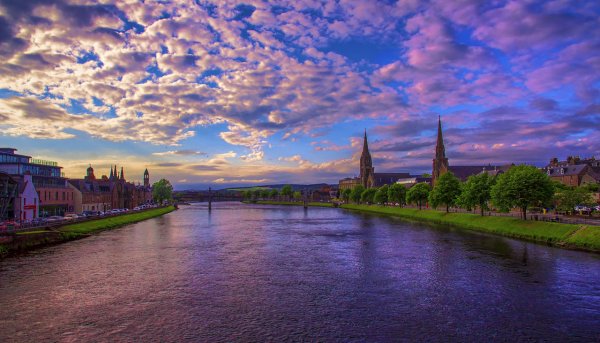
Inverness
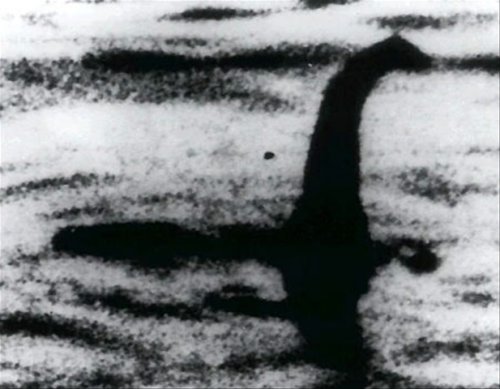
The famous 1934 picture that started all the fuss
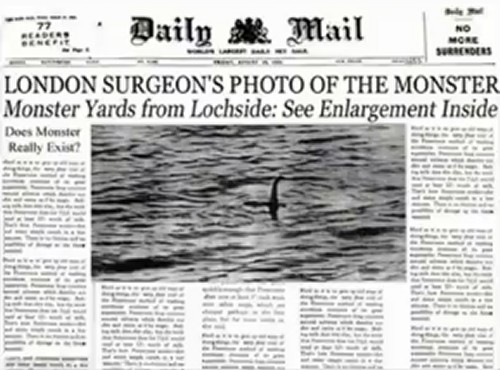
Rick Archer's Note: In 2013, I wrote an extensive
story on the origins of the Loch Ness Monster legend.
(Read
Story)
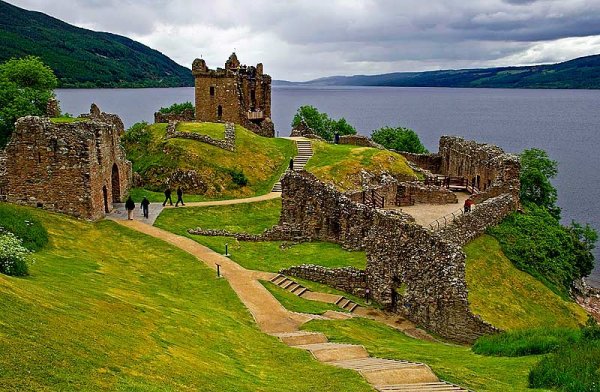
Urquhart Castle
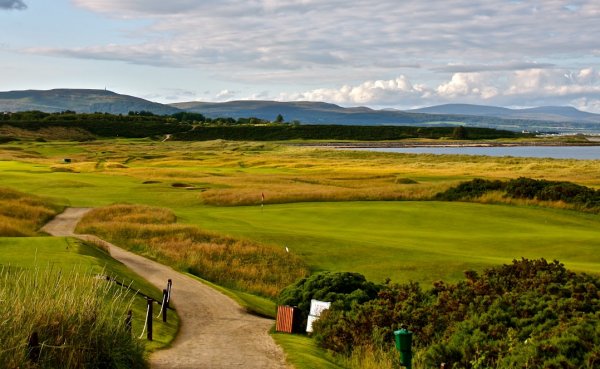
Dornoch
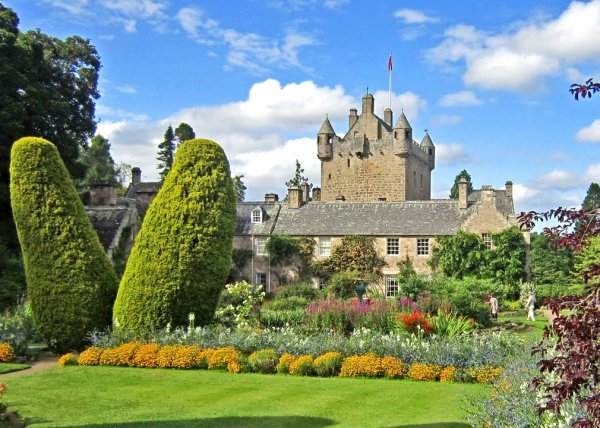
Cawdor Castle
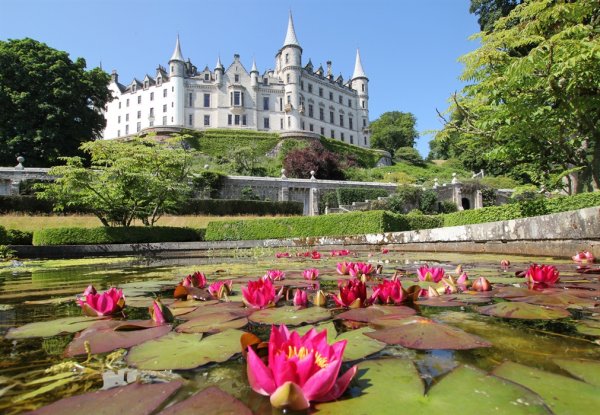
Dunrobin Castle
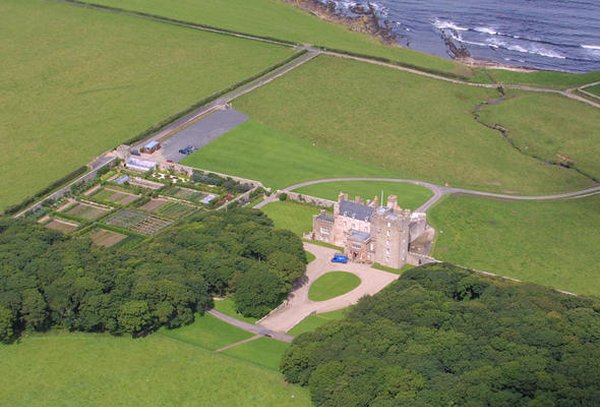
Castle of Mey
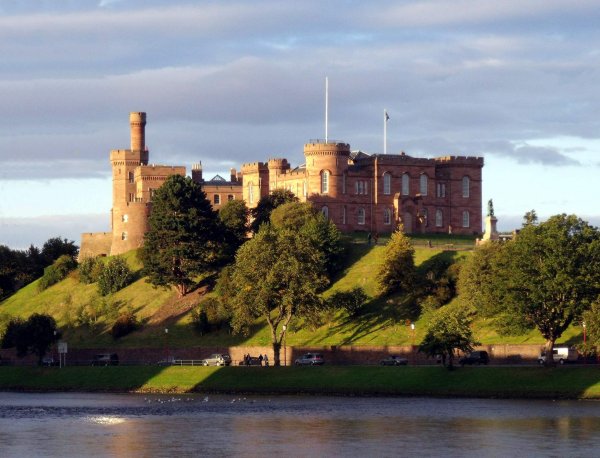
Inverness Castle
|
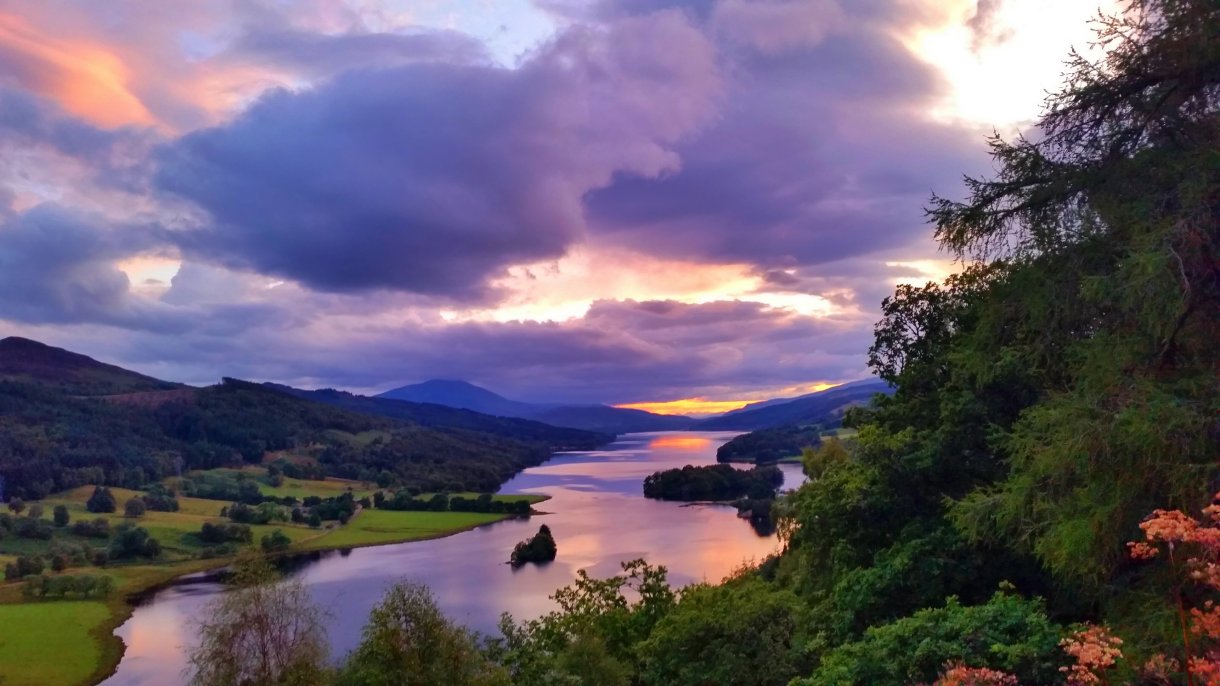
The River
Ness and Loch Ness offer stunningly beautiful vistas
|
EDINBURGH,
SCOTLAND
|
 |
|
Edinburgh
is
the political, commercial and cultural heart of Scotland.
Nestled between the Highlands and the Border Hills,
Edinburgh
is a thriving city noted for its
superb skyline, its impressive collection of architecture
and its beautiful parks. The
streets of the elegant New Town are lined with graceful
Georgian buildings, many designed by the great architect
Robert Adam.
Edinburgh has also exerted a tremendous cultural force on
Europe and the English-speaking world. The International
Festival has been one of the premier European cultural
events for over half a century. Among those who have called
the city home are the writers, Robert Burns, James Boswell,
and Sir Walter Scott and the philosophers, Adam Smith and
David Hume. To stroll the streets of Edinburgh is to
experience one of the world's great cities.
Note:
South Queensferry is a
port that requires passengers
transfer to shore via ship's tender.
Points of Interest:
 Royal Mile & Edinburgh Castle
Royal Mile & Edinburgh Castle
Edinburgh Castle
is a formidable bastion that
dominates the cityscape from atop its
rocky perch. Edinburgh
Castle has been at the heart of Scotland’s life for well
over 1,000 years. Well defended on its tall volcanic crag,
it has been occupied since prehistoric times.
By the medieval era it was an important royal residence, and
the city growing up around it became the nation’s capital.
Edinburgh Castle is the most besieged castle in the UK and
over many centuries has witnessed royal ceremonies, savage
battles, medieval parliaments, lavish feasts, grand parades,
ruthless politics, raids by stealth, the birth of a king and
the deaths of queens, jousting tournaments, troubled
marriages, devout prayers and intensive military activity.
The castle is also home to important national symbols, such
as the Honors of Scotland (the crown jewels), the Stone of
Destiny and the medieval siege cannon Mons Meg. Its long
military use continues, and is recognized in the National
War Museum, regimental museums, and the somberly handsome
Scottish National War Memorial. In more recent times,
Edinburgh Castle has gained recognition as an international
icon and a fascinating place to visit.
Situated at the end of
historic Royal Mile, its dramatic, medieval design remains
largely unchanged since the 18th century.
The Royal Mile is the historic heart of Edinburgh. Discover
the museums, restaurants, and shops; explore the closes,
wynds and hidden gems; and enjoy beautiful views across the
city to the Firth of Forth.
Based in the Old Town and within a World Heritage site, the
area is culturally and historically important to the city
and jam packed with things to see and do. A “Scots” mile
long, and connecting two royal residences (the Castle and
the palace of Holyrood House), it is also home to
parliaments old and new, law courts, a cathedral and
churches, and a vast range of visitor attractions, walking
tours, shops, restaurants, cafes and pubs.
Unsurprisingly, the Royal Mile is one of the most well-known
and most visited streets in Edinburgh.
 Princess
Street and Princess Street Gardens
Princess
Street and Princess Street Gardens
Delight in the lively atmosphere and scenic beauty of
Edinburgh's most popular thoroughfare in the "New Town"
area. Browse the colorful shops and fashionable boutiques
and enjoy the many sidewalk cafes.
It is the southernmost street of Edinburgh's New Town
stretching around one mile. The street is mostly closed to
private cars. The street has virtually no buildings on the
south side, allowing panoramic views of the Old Town,
Edinburgh Castle and the valley between.
Be sure to stop at
Princess Street Gardens.
Princess Street Gardens is the beating heart of Edinburgh,
offering opportunities for relaxation and recreation, and
forming the frame for the iconic views of Edinburgh Castle
from Princess Street.
Marla's Note:
Rick and I visited the Princess Street Gardens in 2010.
If you enjoy a nature walk, this is an unusually pretty area
to visit.
 Royal
Yacht Britannia
Royal
Yacht Britannia
Explore the fine art and ancient artifacts at Edinburgh's
exceptional museums and view the monarch's personal
possessions on the Yacht Britannia, the Royal Family's
former seagoing palace.
The Royal Yacht Britannia
was home to Her Majesty The Queen and the Royal Family for
over 40 years, sailing over 1,000,000 miles around the
world. Now berthed in Edinburgh, you can follow in the
footsteps of Royalty to discover the heart and soul of this
most special of Royal residences. Discover what life
was like on board The Queen's floating Royal residence. You
can follow in the footsteps of world leaders such as Sir
Winston Churchill, Nelson Mandela and Rajiv Gandhi. Now The
Royal Yacht Britannia is a five-star visitor
attraction and a must see place to visit in Edinburgh.
 Holyrood
Palace
Holyrood
Palace
Dominating the end of Edinburgh's famed Royal Mile, Holyrood
Palace is the official home to the monarch while in
Scotland. Its hallowed halls have witnessed some of the most
turbulent times in Scotland's history.
This palace is the royal family's official residence in
Scotland, but is more famous as the 16th-century home of the
ill-fated Mary, Queen of Scots. The highlight of the tour is
Mary's Bed Chamber, home to the unfortunate queen from 1561
to 1567.
It was here that her jealous first husband, Lord
Darnley, restrained the pregnant queen while his henchmen
murdered her secretary – and favorite – Rizzio. A plaque in
the neighboring room marks the spot where he bled to death.
 Stirling Castle
Stirling Castle
Located at the crossing point of the River Forth, Stirling
has seen much of Scotland's tumultuous history. Tour its
famous castle and battlefields and view royal memorabilia
and military artifacts.
With an utterly impregnable position atop a mighty wooded
crag (the plug of an extinct volcano), Stirling's
beautifully preserved Old Town is a treasure trove of
historic buildings and cobbled streets winding up to the
ramparts of its dominant castle, which offer views for miles
around. Clearly visible is the brooding Wallace Monument, a
strange Victorian Gothic creation honoring the legendary
freedom fighter of Braveheart fame. Nearby is Bannockburn,
scene of Robert the Bruce's pivotal triumph over the
English.
The castle makes a fascinating visit, but make sure you also
spend time exploring the Old Town and the picturesque path
that encircles it. Below the Old Town, retail-minded modern
Stirling doesn't offer the same appeal; stick to the high
ground as much as possible and you'll love the place.
Note: Scotland is not a particularly
wide country. Since Stirling Castle lies
halfway between Glasgow and Edinburgh,
you have two different opportunities to visit.
 St.
Andrews
St.
Andrews
Known worldwide as the birthplace of golf, this charming
medieval town is home to the legendary Old Course, the
venerable Royal & Ancient Golf Club and the exceptional
British Golf Museum.
The St Andrews Royal and Ancient Golf Club first met here in
the spiritual home of golf in 1754, though it was first
played here as early as the 15th century. The Old Course,
which you can play, is most famous of the town's eight
championship courses, and has played host to some of the
world’s finest golfers at the British Open Championship over
the years.
St Andrews University, founded in 1410, dominates the center
of town. The elegant, ivy-clad buildings and delightful
quadrangles and gardens have seen a procession of famous
graduates such as Prince William. One of the top
universities in Britain, St Andrews is often compared to
Oxford and Cambridge for its defining presence and the
collegiate feel it gives to the town.
The Medieval center of St Andrews consists of a series of
narrow alleys and cobbled streets with shops, restaurants
and cafés. Explore the castle, the now ruined cathedral and
the adjacent church of St Regulus, where you can climb the
spiral staircase to the top of the 108 ft tower for
magnificent views of the town and its surroundings.
St Andrews has two great beaches, one being the magnificent
West Sands, where the famous opening sequence of Chariots of
Fire was shot. Other attractions include the Botanic
Gardens, British Golf Museum, St Andrews Aquarium and the
Byre Theatre, one of only four 5-Star arts venues in
Scotland.
 Floors Castle and Dryburgh Abbey
Floors Castle and Dryburgh Abbey
Travel south from Edinburgh to explore the Lowlands, the
famed Border Country. Visit stunning Floors Castle, the
largest inhabited castle in Scotland, and explore the ruins
of 12th-century Dryburgh Abbey.
Floors Castle has been welcoming visitors, groups and
special interest tours for over 40 years and one of its main
attractions is that it is still a family home.
Visit and explore the collection of fine art, porcelain,
newly restored tapestries, grand rooms and superb views over
the River Tweed and the Cheviot Hills.
Built by leading
architect William Adam in 1721 for the 1st Duke of Roxburghe,
it has undergone periodic changes to create the dramatic
building you see today. Enjoy a hearty woodland or
riverside walk to a stroll around the Victorian walled
garden.
Perhaps the most beautiful of all the Border Abbeys, the
ruins of Dryburgh Abbey are remarkably complete and
surrounded by beautiful grounds. First established in 1150,
Dryburgh Abbey became the premier house in Scotland of the
Premonstratensian order and today continues to have a
peaceful atmosphere
|
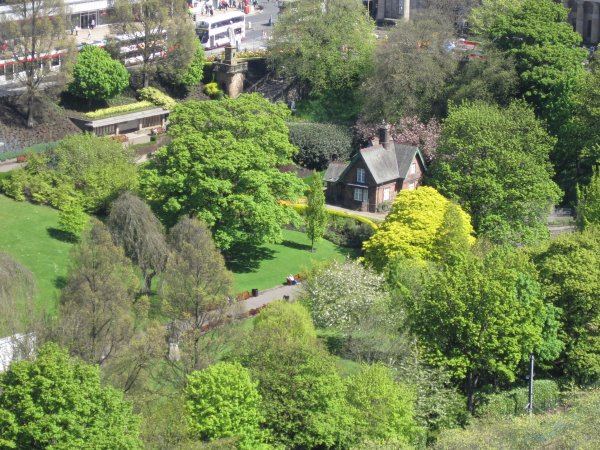
Edinburgh
is an unusually pretty city. Here is a picture of the
beautiful central park that lies at the foot of the imposing
Edinburgh Castle atop the cliff.
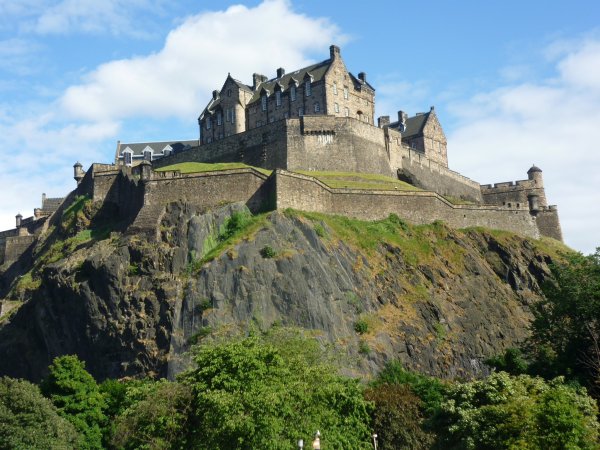
Edinburgh Castle
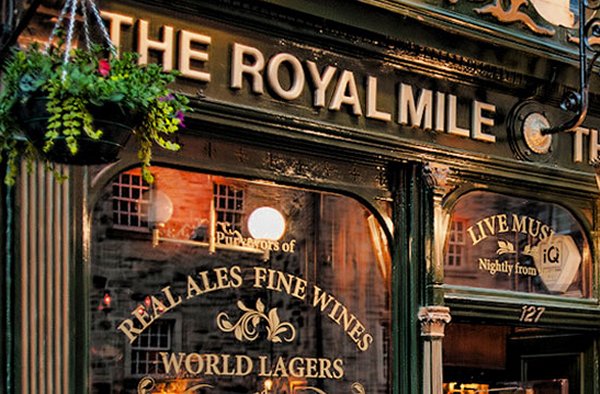
Royal Mile
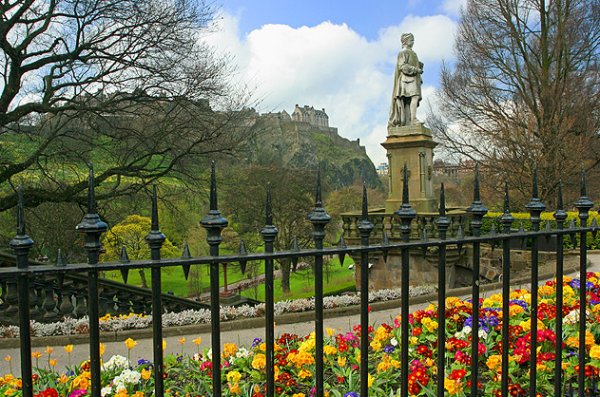
Princess
Street Gardens
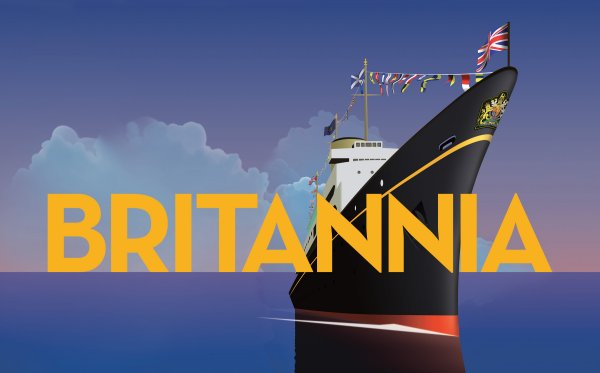
Royal Yacht Britannia
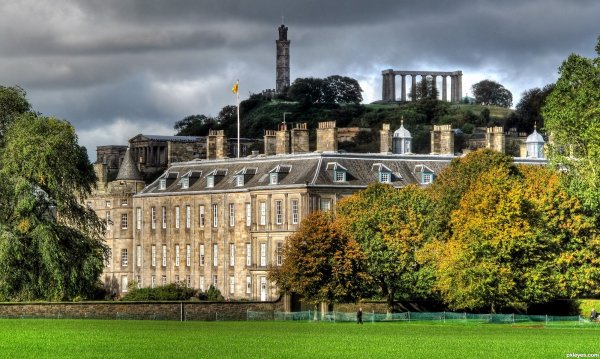
Holyrood
Palace
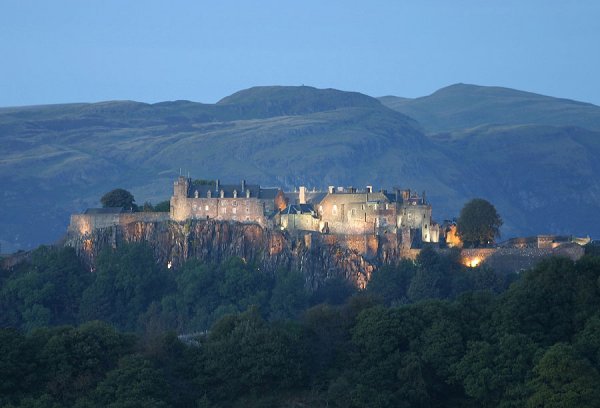
Stirling Castle
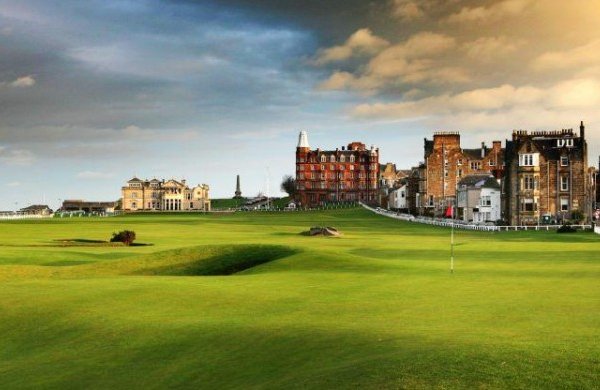
St.
Andrews
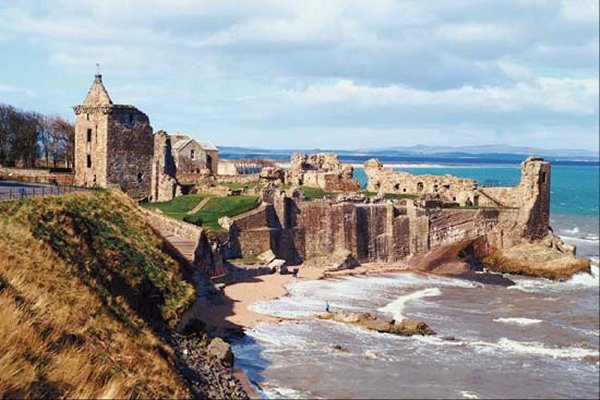
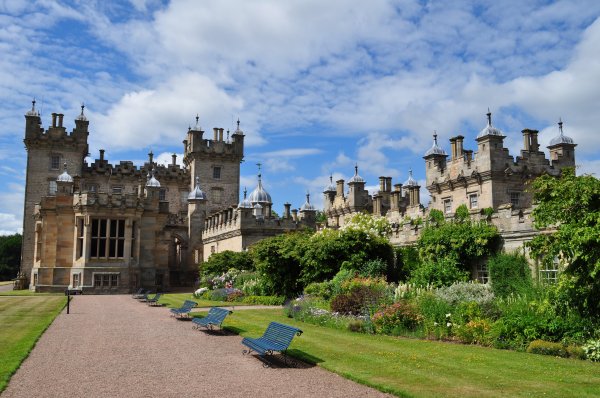
Floors Castle
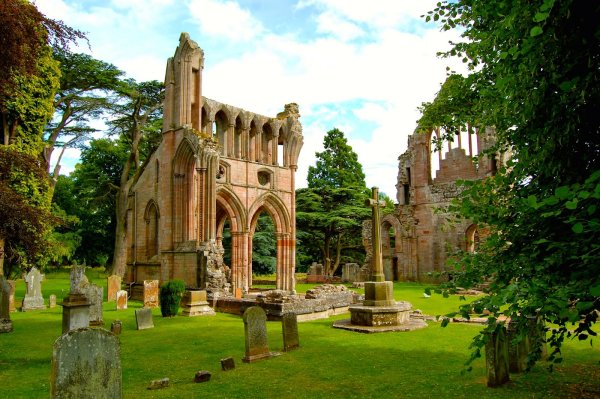
Dryburgh Abbey
|
LE HAVRE,
FRANCE
Choose between
PARIS or
NORMANDY
(D-DAY)
|
 |
|
Le
Havre is a port located where the River Seine meets
the English Channel. Le Havre is located 100 miles
west of Paris and 60 miles north of the
Normandy Beaches, site of the 1944 D-Day landings.
When we reach Le Havre, the guests will choose between a day
trip to Paris and Normandy.
...........
Paris Points of
Interest:
Marla's
Note: Paris is my absolute favorite place to
visit in the world. At this point, Rick and I have
been there three different times. Rick has contributed
a wealth of stories and pictures that you should find quite
interesting.
Paris 2010
Paris 2014
Paris
2015
 Eiffel Tower
Eiffel Tower
The
Eiffel Tower is one of the tallest structures in Paris,
located on the Champ de Mars. Named for its designer,
engineer Gustave Eiffel, the tower was built as the entrance
arch to the 1889 World's Fair.
The
Eiffel Tower was built by Gustave Eiffel for the 1889
Exposition Universelle,
which was to celebrate the 100th year anniversary of the
French Revolution.
Its
construction in 2 years was a
veritable technical and architectural achievement.
A symbol of technological prowess
at the end of the 19th Century, the
Eiffel Tower was a demonstration of French
engineering. It became a
defining moment of the industrial era. It was met
immediately with tremendous success.
Only
intended to last 20 years, it was saved by the scientific
experiments
that
Eiffel encouraged, and in particular by the first radio
transmissions, followed by telecommunications. For example,
the radio signals from the Pantheon Tower in 1898; it served
as a military radio post in 1903; it transmitted the first
public radio program in 1925, and then broadcast television
up to TNT more recently.
Since
the 1980s, the monument has regularly been renovated,
restored and adapted for an ever-growing public. Over
the decades, the Eiffel Tower has seen remarkable
achievements, extraordinary light shows, and prestigious
visitors.
A
mythical and audacious site, it has always inspired artists
and challenges.
It is
the stage for numerous events of international significance
(light shows, the Tower’s centenary, the Year 2000
pyrotechnic show, repainting campaigns, sparkling lights,
the blue Tower to mark France’s Presidency of the European
Union or the multicolored Tower for its 120th birthday,
unusual fixtures, such as an ice rink, a garden etc.).
A universal Tower of
Babel, almost 250 million visitors regardless of age or
origin have come from all over the planet to see it since
its opening in 1889.
Like all
towers, it allows us to see and to be seen, with a
spectacular ascent, a unique panoramic view of Paris, and a
glittering beacon in the skies of the Capital.
The
Tower also represents the magic of light.
Its
lighting, its sparkling lights, and its beacon shine and
inspire dreams every evening.
As
France’s symbol in the world, and the showcase of Paris,
today it welcomes almost 7 million visitors a year
(around
75% of whom are foreigners), making it the most visited
monument that you have to pay for in the world.
 Champs-Élysées & Arc de Triomphe
Champs-Élysées & Arc de Triomphe
Known as
"La plus belle avenue du monde" ("The most beautiful avenue
in the world"), the Champs-Élysées boasts
luxury specialty shops, cafés and the Arc de Triomphe, the
world's largest triumphal arch.
The Champs-Elysées is almost a mile and a quarter long. At
its western end the street is bordered by cinemas, theaters,
cafés and luxury shops. On the opposite end, near the Place
de la Concorde, the street is bordered by the Jardins des
Champs-Elysées, beautifully arranged gardens with fountains
and some grand buildings including the Grand and Petit
Palais at the southern side and the Elysée at its northern
side.
The latter has been the residence of the French Presidents
since 1873.
The Arch was commissioned by Napoleon in 1806 to commemorate
his victories. However he was ousted before the arch
was completed. In fact, the Arch was not completed
until 1836 during the reign of Louis-Philippe. The Arc de
Triomphe is engraved with names of generals who commanded
French troops during Napoleon's regime. The design of the
arch is based on the Arch of Titus in Rome.
The triumphal arch is adorned with many reliefs, most of
them commemorating the emperor's battles. Among them are the
battle of Aboukir, Napoleon's victory over the Turkish and
the Battle of Austerliz, where Napoleon defeated the
Austrians. Below the arch is the Grave of the Unknown
Soldiers, honoring the many who died during the First World
War.
 Musée d'Orsay
Musée d'Orsay
The
Musée d'Orsay houses the most comprehensive collection of
Impressionists in the world.
The Musee d'Orsay is a museum housed in a grand railway
station built in 1900. Home to many sculptures and
impressionist paintings, it has become one of Paris's most
popular museums.
In 1978, the Gare d’ Orsay began its conversion to the Musee
d’Orsay. The museum includes art covering a period from the
mid-nineteenth century up to 1914 and contains works from
Degas, Rodin, Monet, Manet, Renoir, Cezanne van Gogh and
others.
 Louvre
Louvre
Across
the Seine is the Louvre with such works as the
Venus de Milo and the Mona Lisa.
The Louvre Museum is one of the largest and most important
museums in the world. It is housed in the expansive Louvre
Palace, situated in the 1st arrondissement at the heart of
Paris.
The collection of the Louvre Museum was first established in
the sixteenth century as the private collection of King
Francis I.
One of the works of art he purchased was the now famous Mona
Lisa painting. The collection grew steadily thanks to
donations and purchases by the kings. In 1793, during the
French Revolution, the Louvre became a national art museum
and the private royal collection opened to the public.
The museum has a collection of over one million works of
art, of which about 35,000 are on display, spread out over
three wings of the former palace. The museum has a diverse
collection ranging from the Antiquity up to the
mid-nineteenth century.
 Notre Dame
Notre Dame
Cathédrale Notre-Dame de Paris ("Our Lady of Paris") was one
of the first Gothic cathedrals, and is widely considered one
of the finest examples of French Gothic architecture in
France and in Europe.
Not the largest cathedral in the world, the Notre-Dame might
be the most famous of all cathedrals. The Gothic masterpiece
is located on the ile de la Cite, a small island in the
heart of the city.
The site of the Notre dame is the cradle of Paris and has
always been the religious center of the city. The Celts had
their sacred ground here, the Romans built a temple to
worship Jupiter. A Christian basilica was built in the sixth
century and the last religious structure before the
Notre-Dame construction started was a Romanesque church.
 Rouen & Cathedral
Rouen & Cathedral
The capital of Upper Normandy is home to the highest spire
in France, Cathédrale Notre-Dame de Rouen, a
Roman Catholic Gothic cathedral immortalized by Claude Monet
in his paintings.
“O Rouen, art thou then to be my final abode!" was the
agonized cry of Joan of Arc as the English
dragged her out to be burned alive in the market square on
May 30, 1431.
The exact location of her pyre is marked by a
concrete-and-metal cross in front of the modern Église
Jeanne-d'Arc—and that eye-catching, flame-evoking church is
just one of the many landmarks that make this sizable port
city so fascinating.
Once the capital of the duchy of Normandy, Rouen was hit
hard during World War II, but a wealth of medieval
half-timber houses still line the tiny cobblestone streets
of Vieux Rouen.
The most famous of those streets—Rue du Gros-Horloge,
between Place du Vieux-Marché (where Joan burned) and
Cathédrale Notre-Dame—is suitably embellished halfway along
with a massive and much photographed 14th-century horloge
(clock). Of course, the glorious cathedral itself is nothing
to scoff at: Claude Monet immortalized it in a memorable
series of paintings.
 Versailles Palace & Gardens
Versailles Palace & Gardens
Versailles was designed as a palatial center of
government for Louis XIV. Its garden is the most famous in
the world featuring huge parterres, an orangery, and grand
fountains.
The magnificent palace of Versailles is a testimony of the
Sun King's extravaganza. The palace and its magnificent
formal garden became the quintessential model for palaces in
Europe.
When the château was
built, Versailles was a country village; today, however, it
is a wealthy suburb of Paris, some 12 miles southwest of the
French capital. In addition to the exquisite chateau, it is
home to one of the most beautiful gardens in all of France.
The
land for the Palace of Versailles was bought by French King
Louis XIII. The Palace was built by French King Louis XIV.
The court of Versailles became the center of political power
in France in 1682 when Louis XIV moved his entourage from
Paris out to this new Palace in the country. Versailles
served as the Royal Palace until October 1789 when the royal
family was forced to return to the capital after the
beginning of the French Revolution.
Today Versailles is famous not only as a building and a
fascinating place to visit, but as a lasting symbol of the
now despised system of absolute monarchy in the 'Ancien
Régime'.
Rick
Archer's Note: Following our 2014 Rhone River
Cruise, Marla and I visited Versailles. This is a
fascinating place to see. If you are interested in
visiting this area, I highly recommend you take a look at my
stories about
Versailles and
Marie Antoinette.
.............
NORMANDY
 D-Day Beaches/American Cemetery
D-Day Beaches/American Cemetery
No other place in France holds more associations for
English-speaking visitors than Normandy.
The historic Allied landings on D-Day - 6 June, 1944 - live
on in the memories of British and Americans alike. Nor has
Le Havre forgotten the dark days of the war. The port was
nearly completely destroyed during the Normandy campaign.
The Normandy American Cemetery honors the soldiers who lost
their lives in WWII, most of whom died in the D-Day landings
on five beaches on the coast of Normandy. For the history
buffs, Le Havre is situated near the sites of incredible
historical importance. Our port stop in Le Havre offers a
chance to learn more about D-Day and to see the actual
landing site. The Normandy beaches, where Allied invasion
took place on D-Day, are only 30 miles away.
History focused its sights along the coasts of Normandy at
6:30 am on June 6, 1944, as the 135,000 men and 20,000
vehicles of the Allied forces made land in their first
incursion in Europe in World War II. The entire operation on
this "Longest Day" was called Operation Overlord—the code
name for the invasion of Normandy. Five beachheads (dubbed
Utah, Omaha, Gold, Juno, and Sword) were established along
the coast to either side of Arromanches.
Preparations started in mid-1943, and British shipyards
worked furiously through the following winter and spring
building two artificial harbors (called "mulberries"),
boats, and landing equipment. The British and Canadian
troops that landed on Sword, Juno, and Gold on June 6, 1944,
quickly pushed inland and joined with parachute regiments
previously dropped behind German lines, before encountering
fierce resistance at Caen, which did not fall until July 9.
Rick
Archer's Note: As the result of my 2010 visit to
Normandy, I wrote an extensive story about D-Day complete
with maps, pictures, plus modern-day photographs of the
area. If you are interested in visiting this area, I
highly recommend you take a look at my
D-Day story.
 Honfleur
Honfleur
The small town of Honfleur surrounds a little 17th-century
harbor in Normandy. and is known for its old,
picturesque port, houses with slate-covered frontages,
historic buildings and churches.
Honfleur, the most picturesque of the Côte Fleurie's seaside
towns, is a time-burnished place with a surplus of
half-timber houses and cobbled streets that are lined with a
stunning selection of stylish boutiques.
Much of its Renaissance architecture remains
intact—especially around the 17th-century Vieux Bassin
harbor, where the water is fronted on one side by two-story
stone houses with low, sloping roofs and on the other by
tall slate-topped houses with wooden facades.
Maritime expeditions (including some of the first voyages to
Canada) departed from here; later, Impressionists were
inspired to capture it on canvas. But the town as a whole
has become increasingly crowded since the Pont de Normandie
opened in 1995. Providing a direct link with Upper Normandy,
the world's sixth-largest cable-stayed bridge is supported
by two concrete pylons taller than the Eiffel Tower and
designed to resist winds of 160 mph.
|

Paris is the City
of Light. It has become an international symbol for
Romance and Beauty.

Eiffel Tower
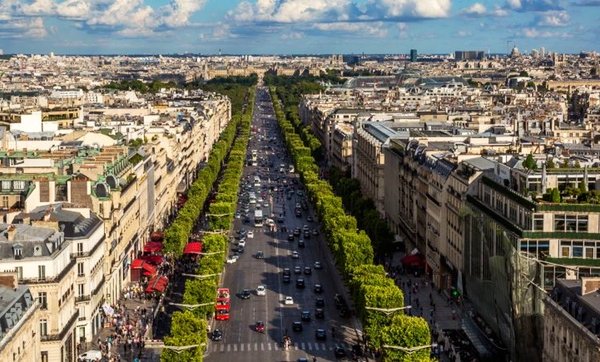
Champs-Élysées
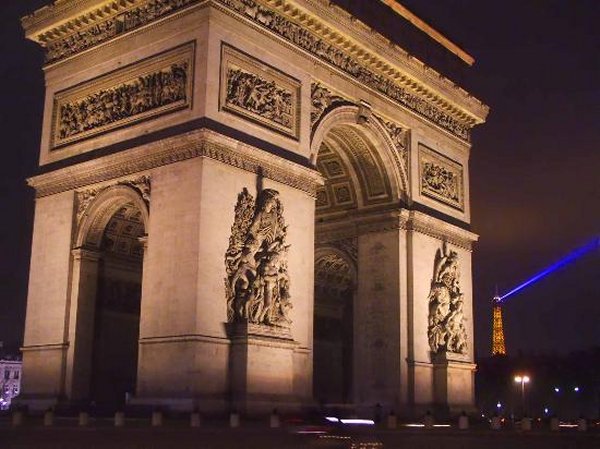
Arc de Triomphe
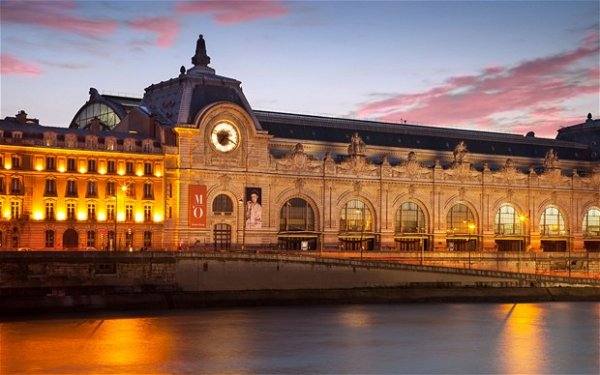
Musée d'Orsay
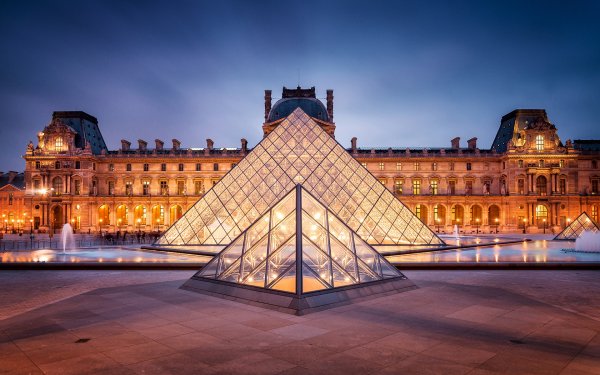
Louvre
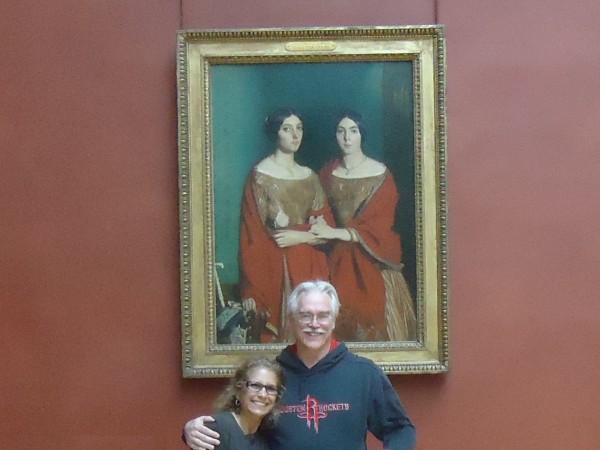
Rick and Marla at
the Louvre Museum, 2014
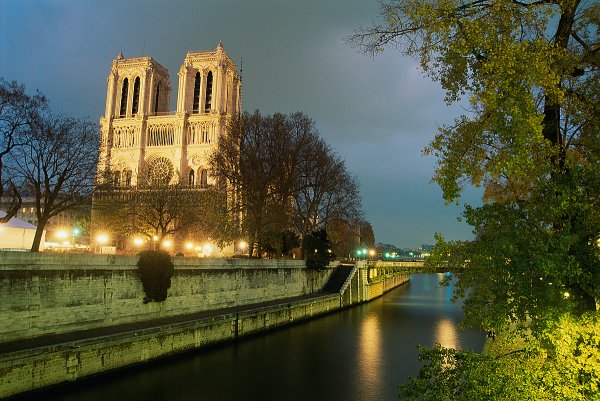
Notre Dame
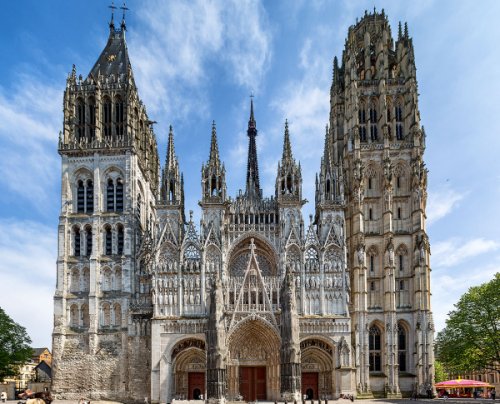
Rouen Cathedral
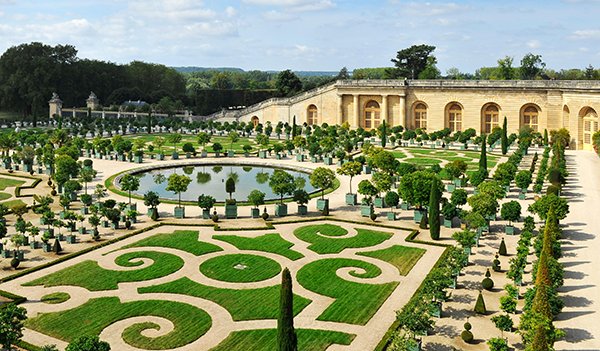
Versailles Palace & Gardens
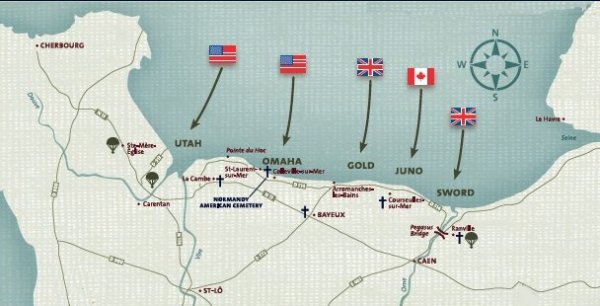
Normandy D-Day Beaches
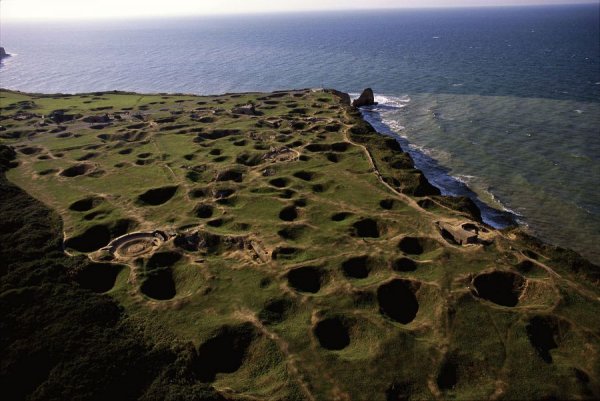
Pont du Hoc
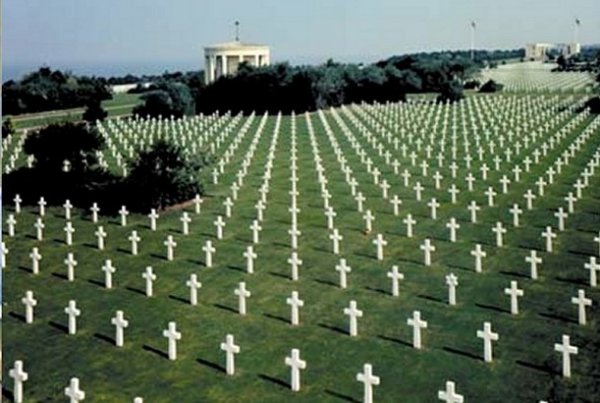
American Cemetery
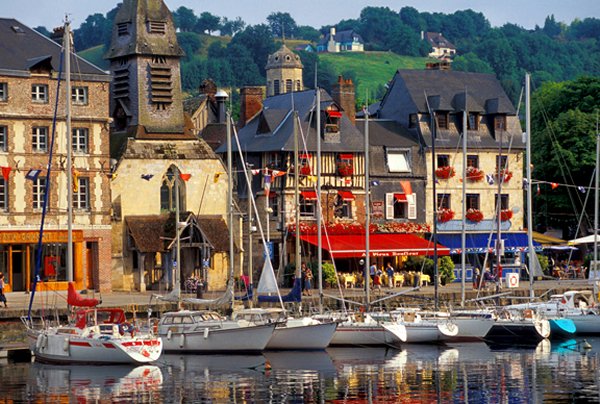
Honfleur
|

Omaha Beach today
|
Caribbean Princess
Venues
|
| |
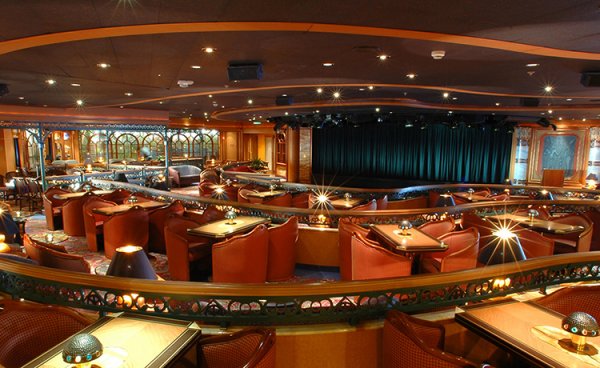
Lounge
|
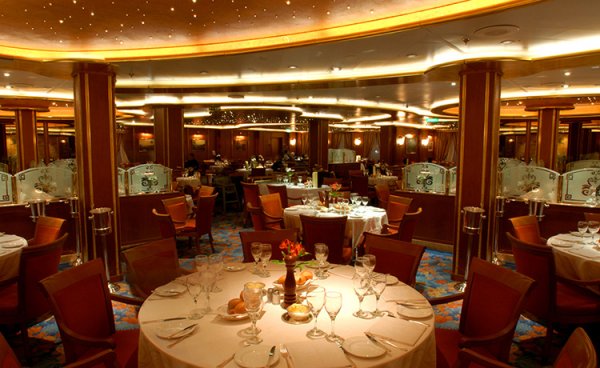
Dining
Room
|
|
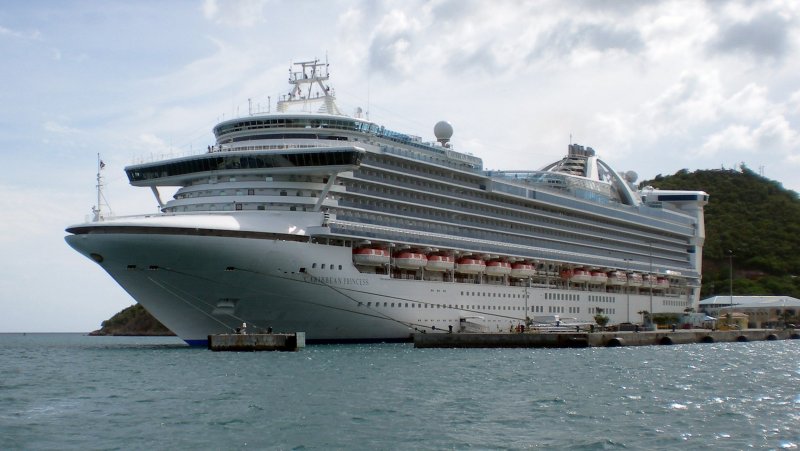
The Caribbean Princess |
| |
|
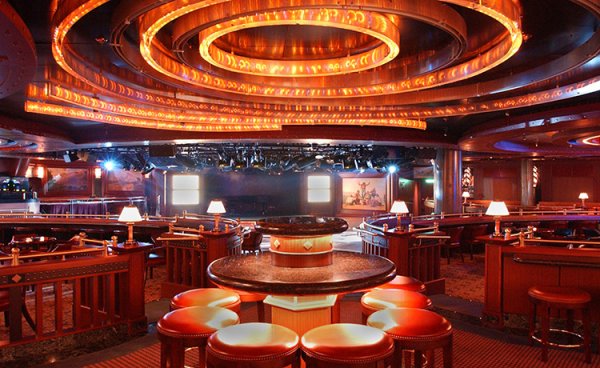
Club
Fusion
|
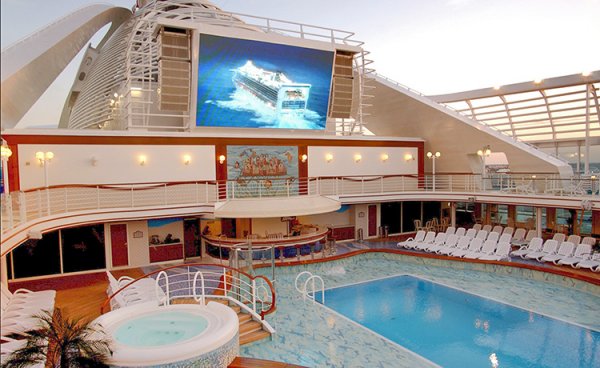
Swimming
Pool area and Movie Under the Stars
|
Caribbean Princess
Staterooms
|
| |
MINI-SUITE
The luxurious Mini-Suite offers
approximately 323 square feet of comfort and a separate
seating area with a sofa bed for lounging or sleeping a
third passenger. The spacious balcony is approximately 57
square feet and the bathroom offers a combination tub and
shower.
These features and fine amenities
are standard in a Mini-Suite stateroom:
• Welcome
glass of champagne
• Separate seating area with a sofabed
• Twin beds that convert to a
queen size bed*
• Private bathroom with combination tub and shower
• Shampoo, conditioner, body lotion
• 100% Egyptian cotton linens
• Balcony with patio furniture
• Two flat-panel televsions
• Satellite TV, refrigerator, hair dryer, safe, phone and
desk
• 110V, 60-cycle alternating current (AC) w U.S. plug
fittings
• Daily housekeeping service
• Evening bed turn-down, chocolates on your pillow
|

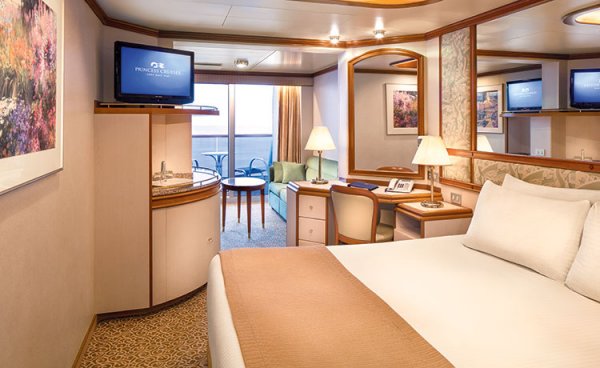
Mini Suite
Diagram and Photo
|
BALCONY
The spacious approximately
231-square-foot Balcony stateroom is appointed with fine
amenities and outstanding views from an approximately
45-square-foot private balcony.
These features and fine amenities are standard in the
Balcony stateroom:
• Balcony with patio furniture
• Twin beds that convert to a queen size bed*
• Private bathroom with shower
• Shampoo, conditioner, body lotion
• 100% Egyptian cotton linens
• Satellite TV, refrigerator, hair dryer, safe, phone and
desk
• 110V, 60-cycle alternating current (AC) w U.S. plug
fittings
• Daily housekeeping service
• Evening bed turn-down, chocolates on your pillow
|

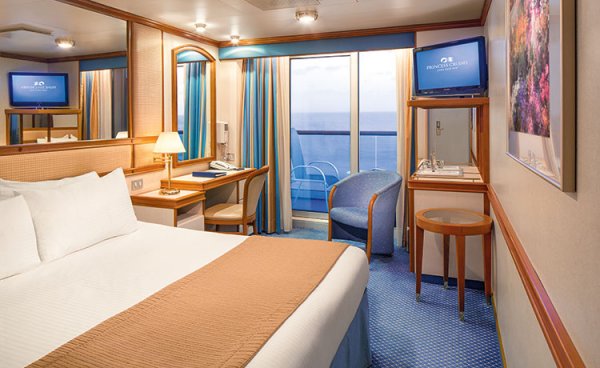
Balcony
Diagram and
Photo
|
OCEANVIEW
CABIN
The Oceanview stateroom is
approximately 179 square feet and features a picture window
for memorable views. The Oceanview stateroom is richly
appointed with fine amenities.
These features and fine amenities
are standard in the Oceanview stateroom:
• Picture window
• Twin beds convertible to a queen-size bed*
• Private bathroom with shower
• Shampoo, conditioner, body lotion
• 100% Egyptian cotton linens
• 110V, 60-cycle alternating current (AC) with U.S. plug
fittings
• Satellite TV, refrigerator, hair dryer, safe, phone and
desk
• Daily housekeeping service
|
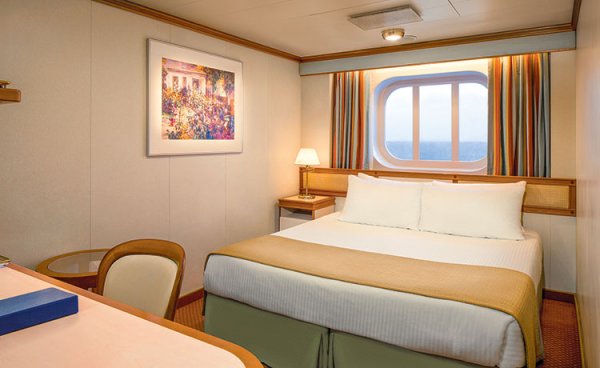
Oceanview
|
INSIDE
CABIN
The Interior stateroom is
approximately 162 square feet and richly appointed with fine
amenities.
These features and fine amenities are standard in the
Interior stateroom:
• Twin beds that convert to a queen
size bed
• Private bathroom with shower
• Shampoo, conditioner, body lotion
• 100% Egyptian cotton linens
• Satellite TV, refrigerator, hair dryer, safe, phone and
desk
• 110V, 60-cycle alternating current (AC) w U.S. plug
fittings
• Daily housekeeping service
• Evening bed turn-down, chocolates on your pillow
• Nightly turn-down service
|
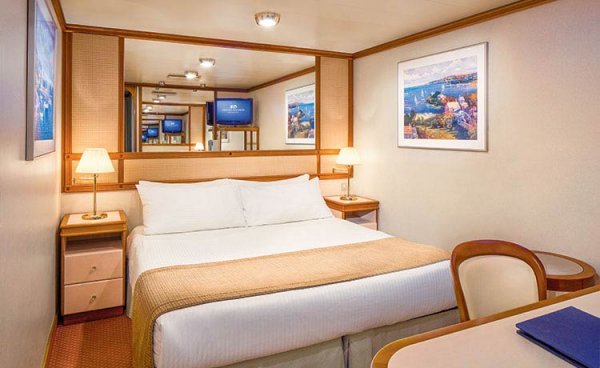
Inside
Cabin
|
|